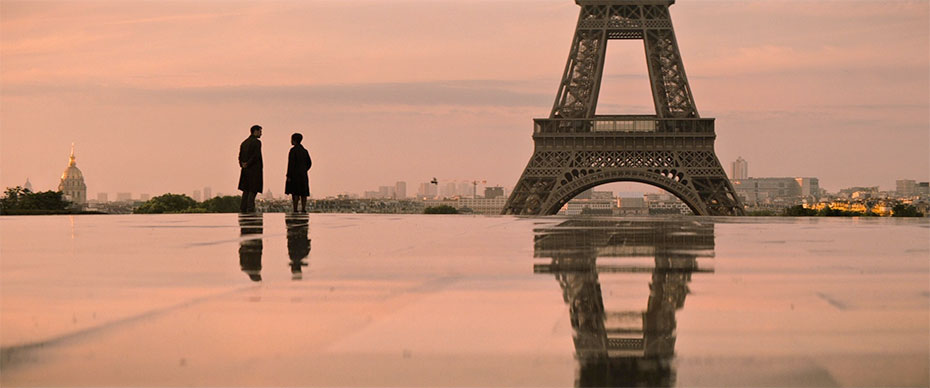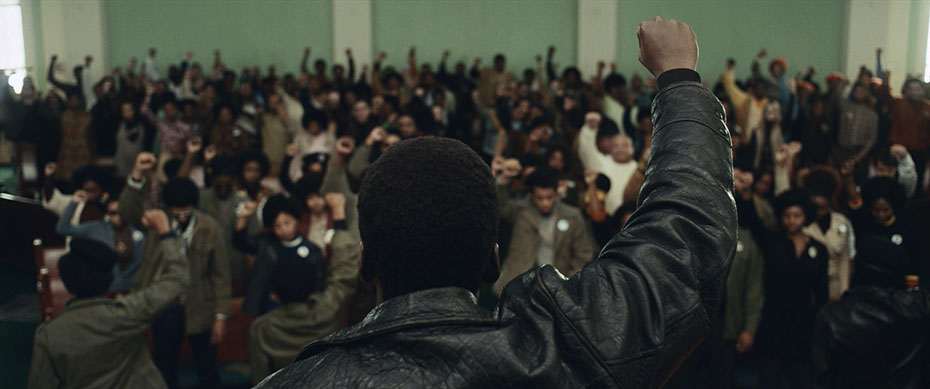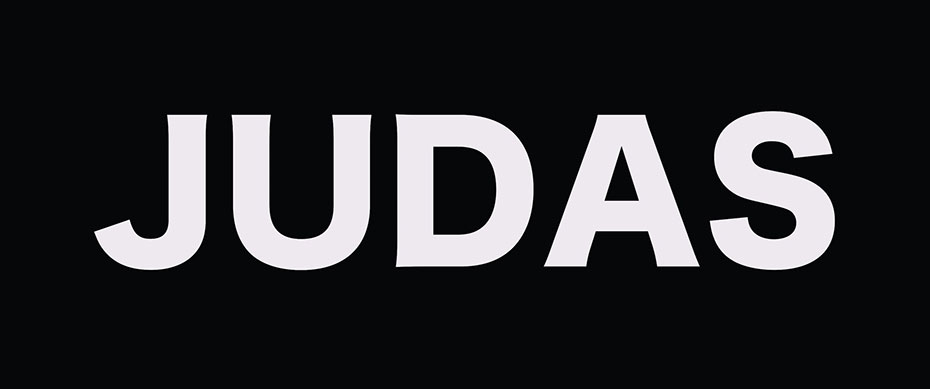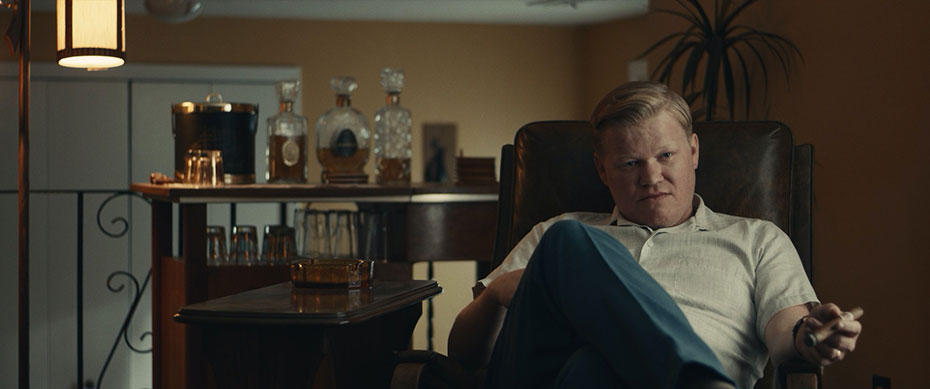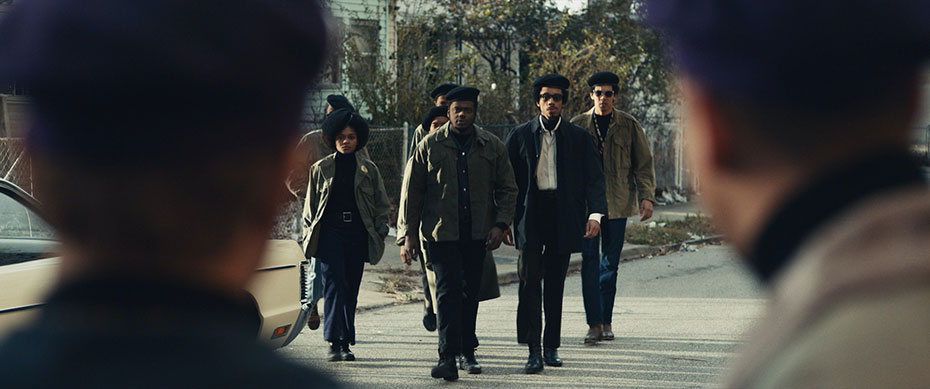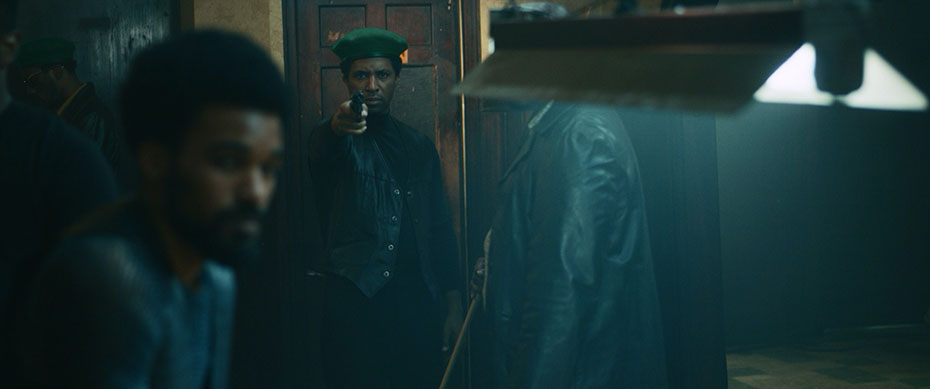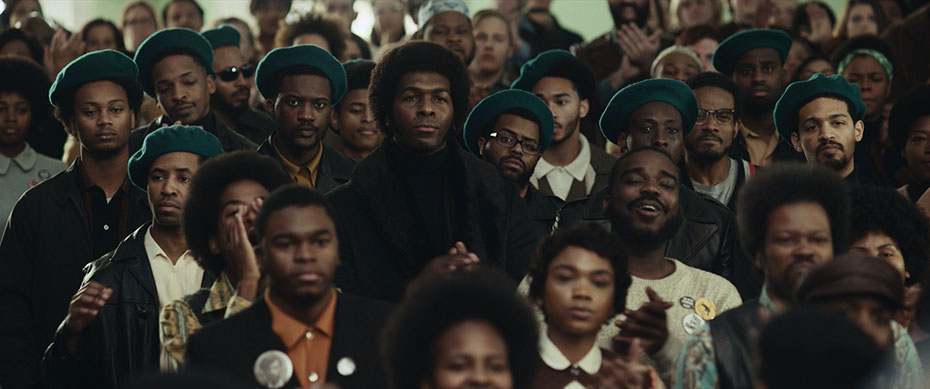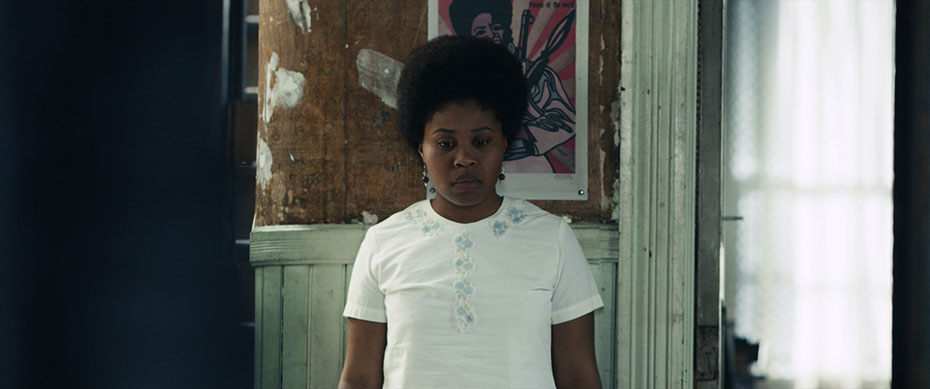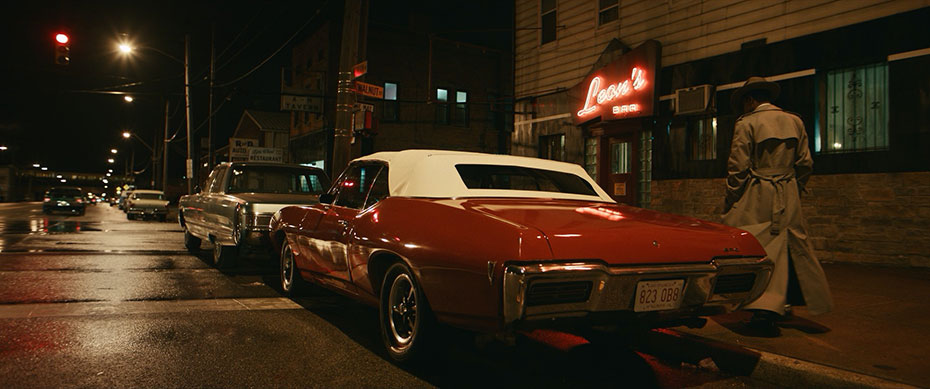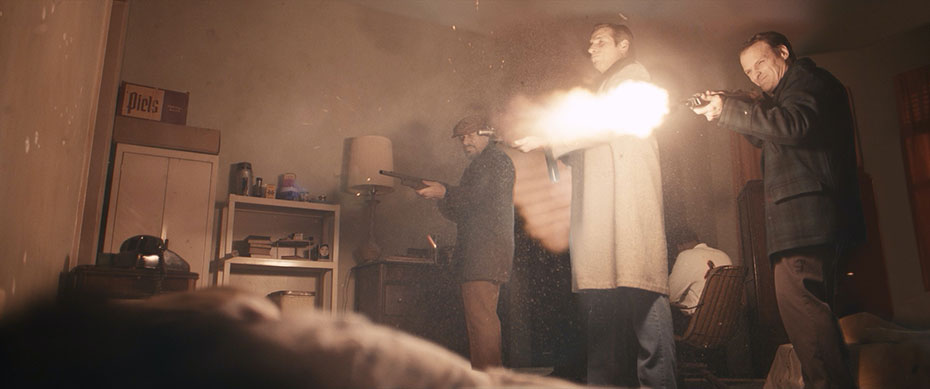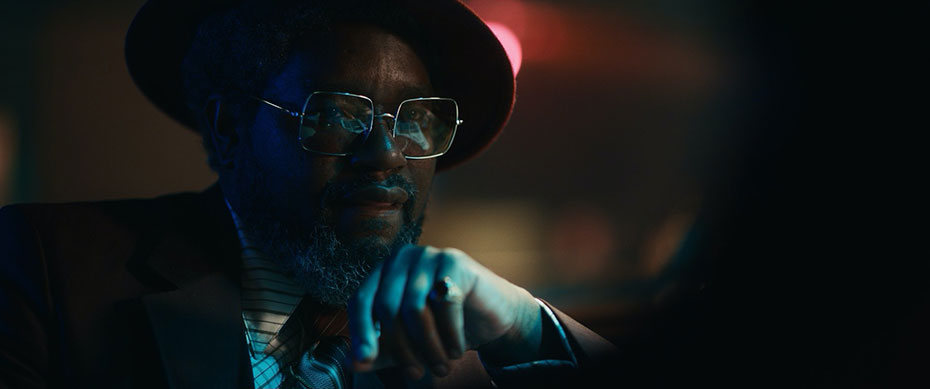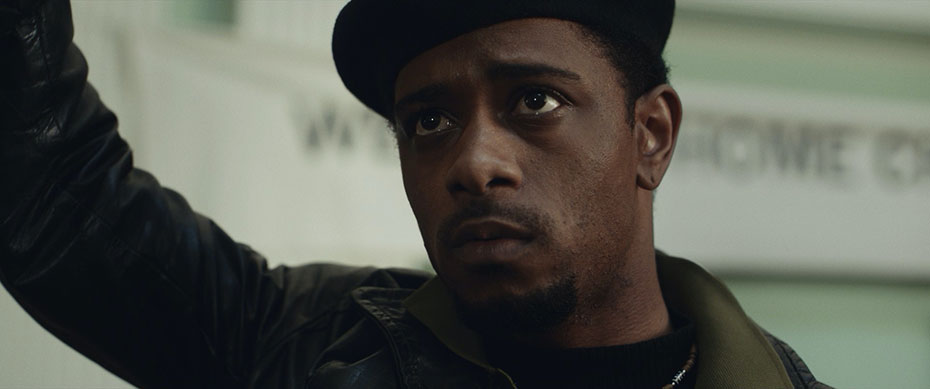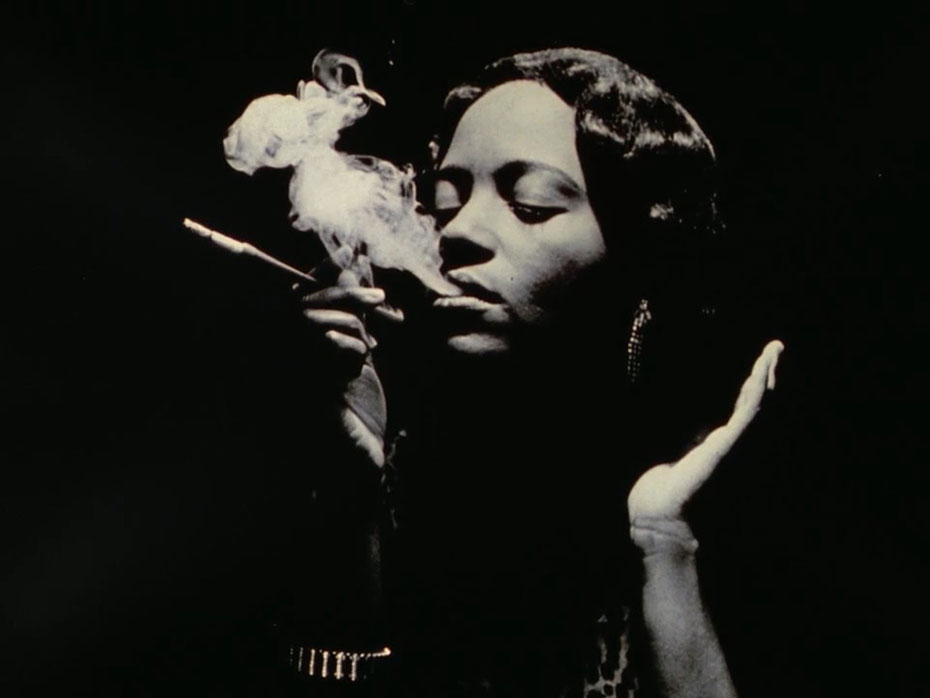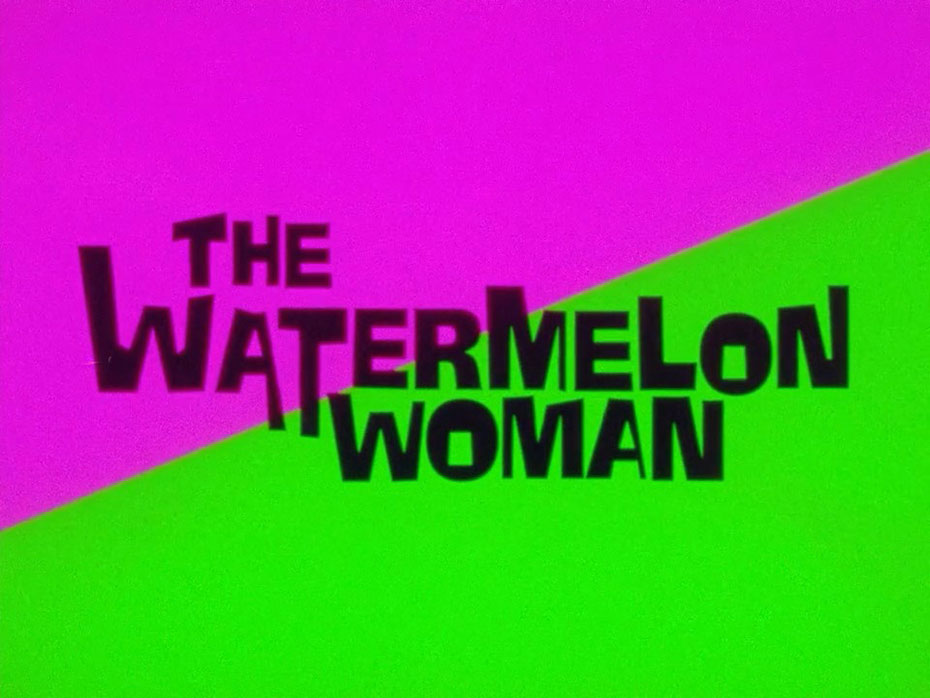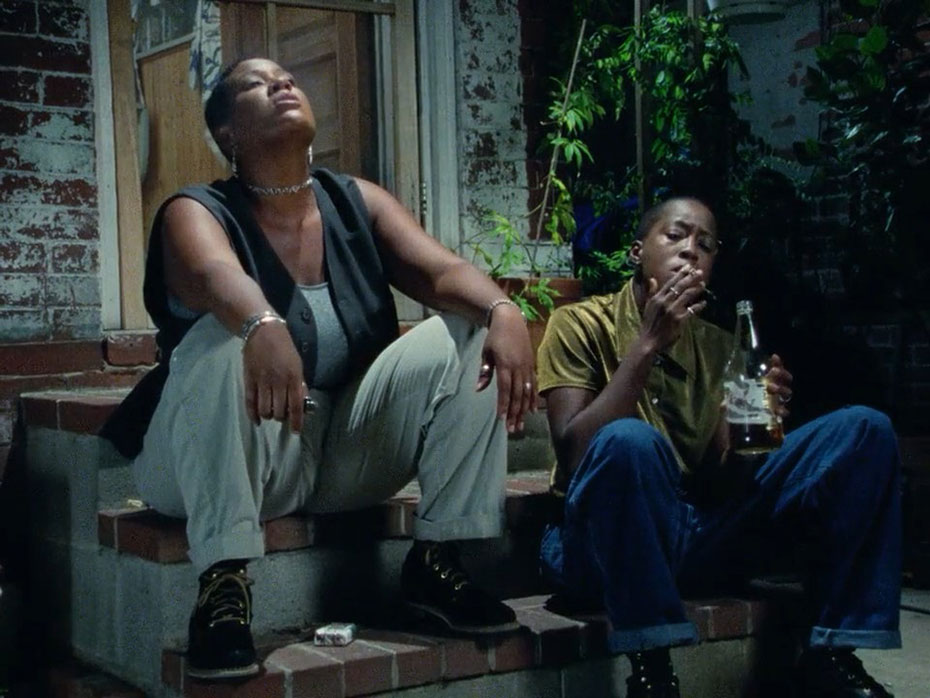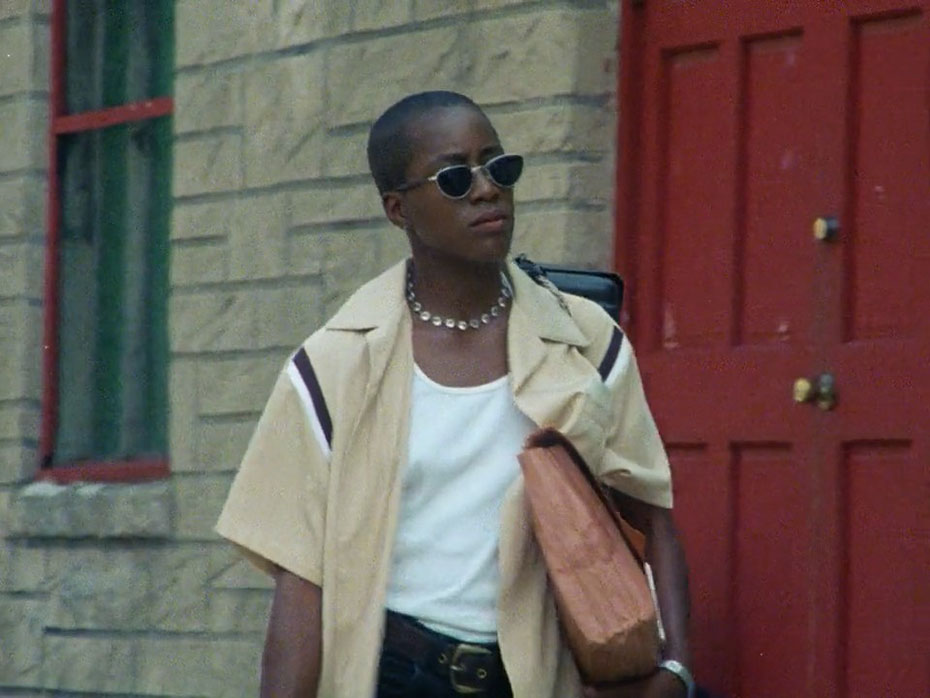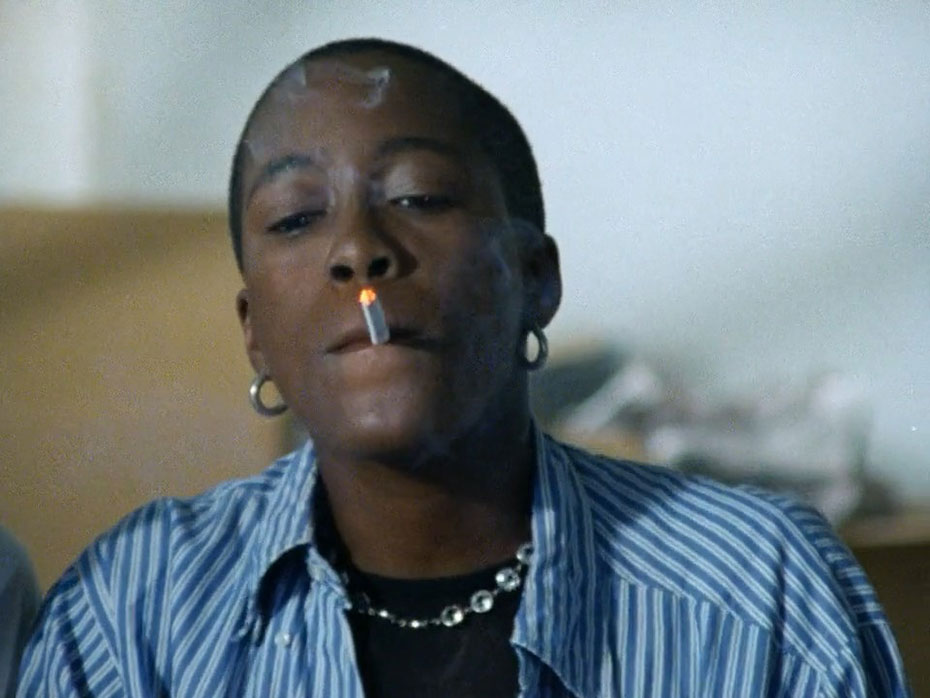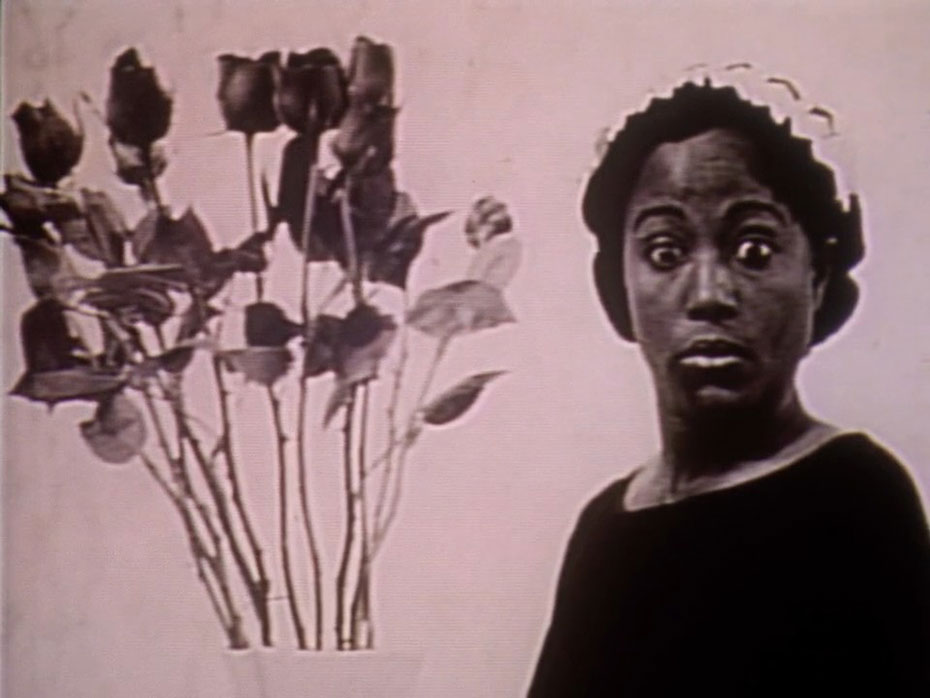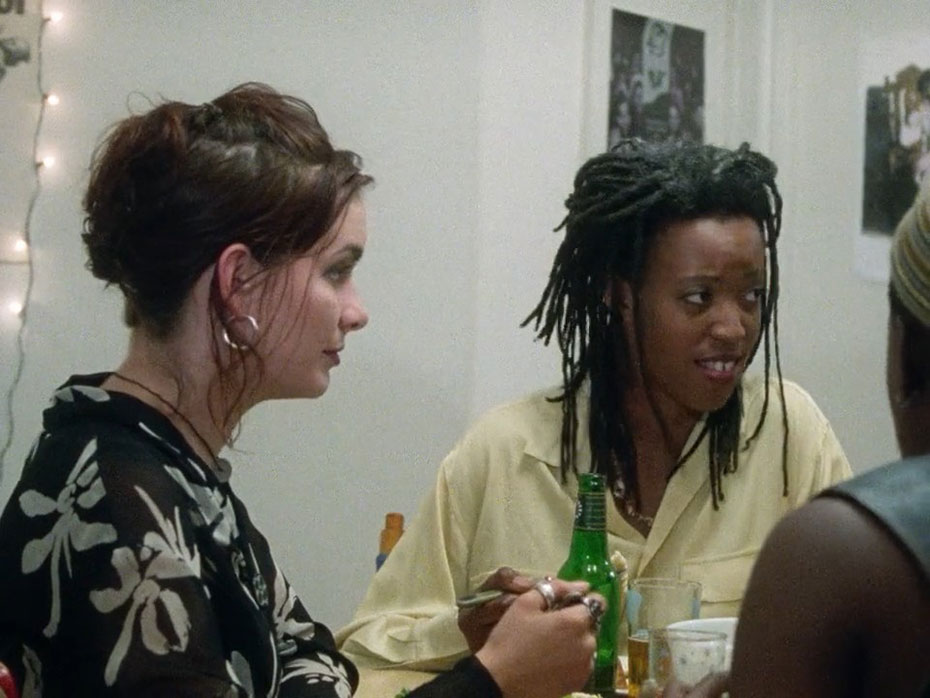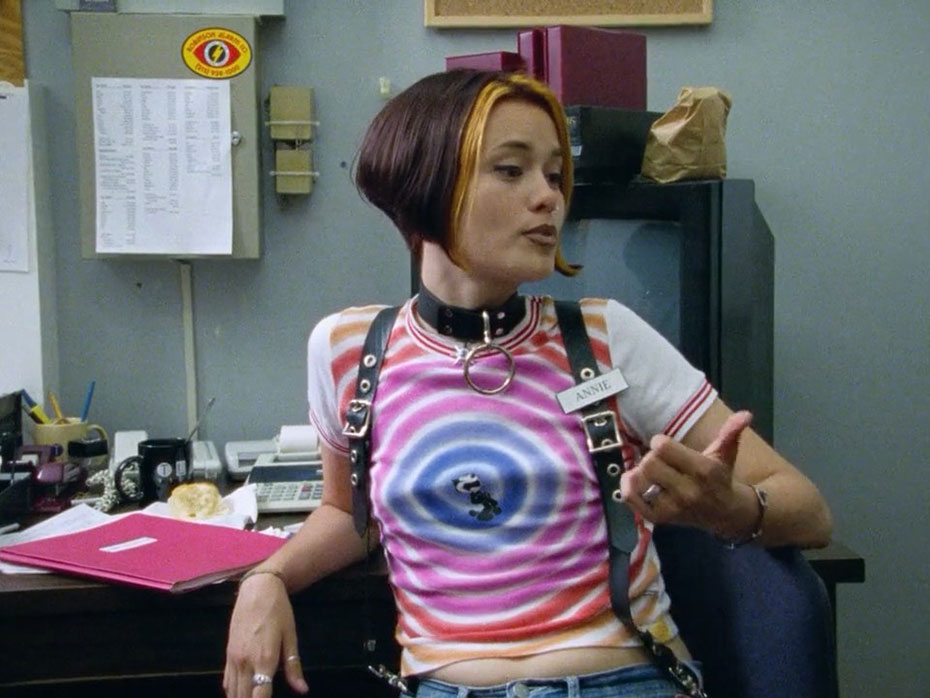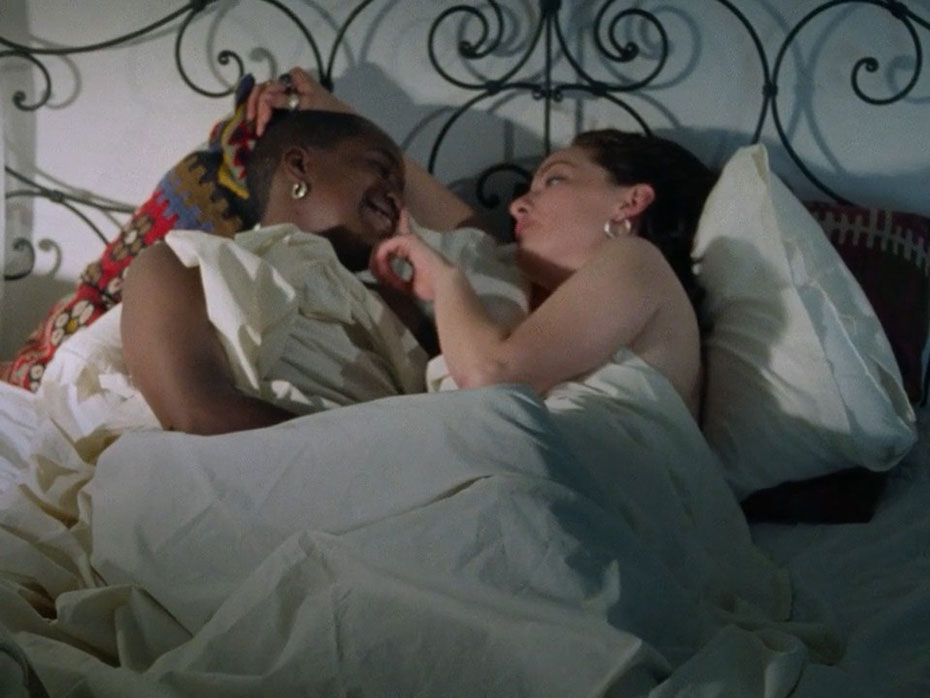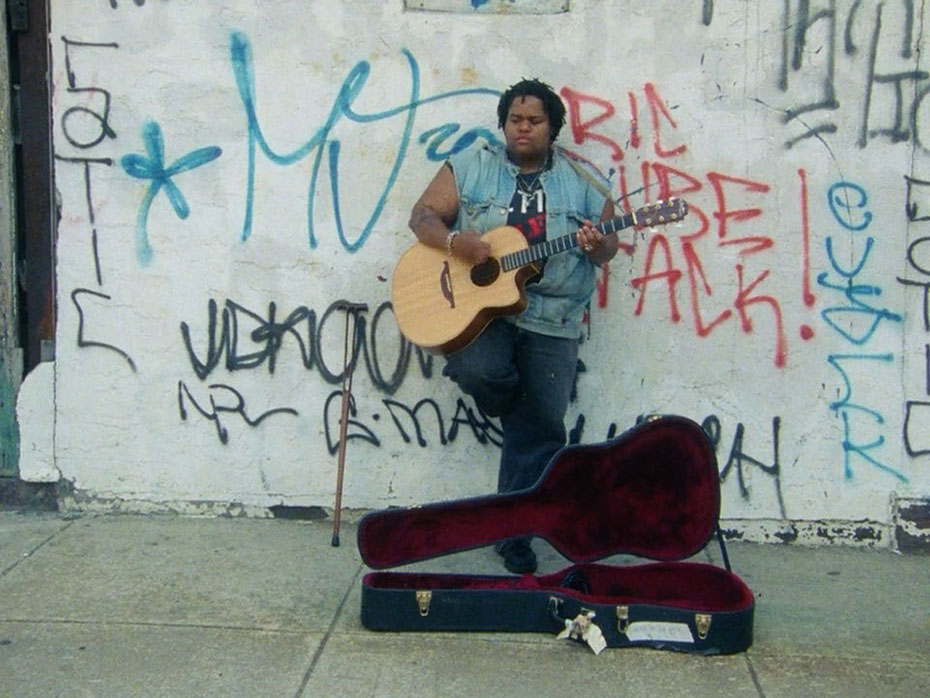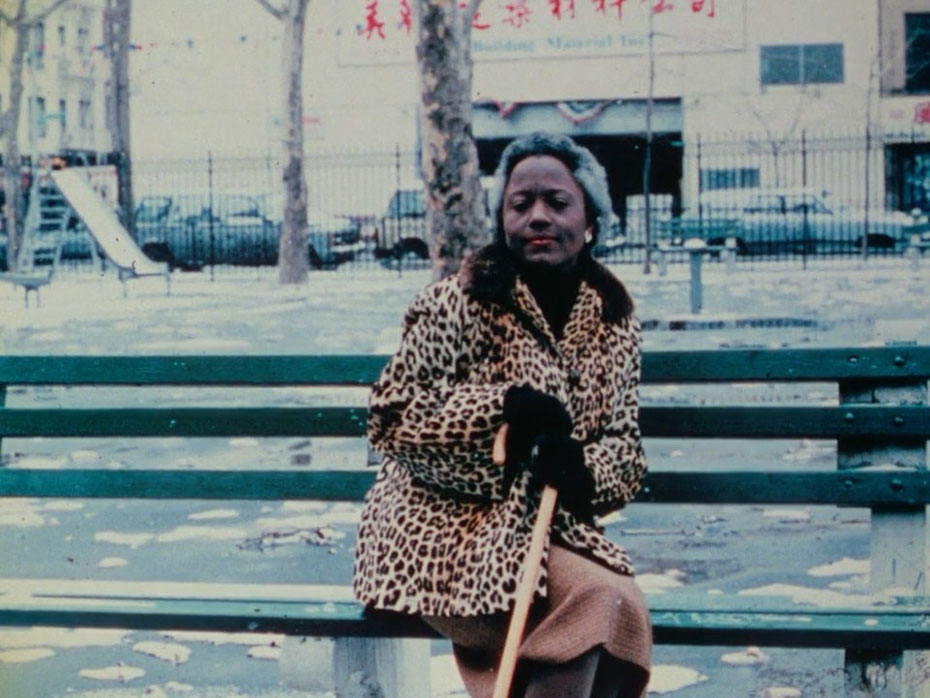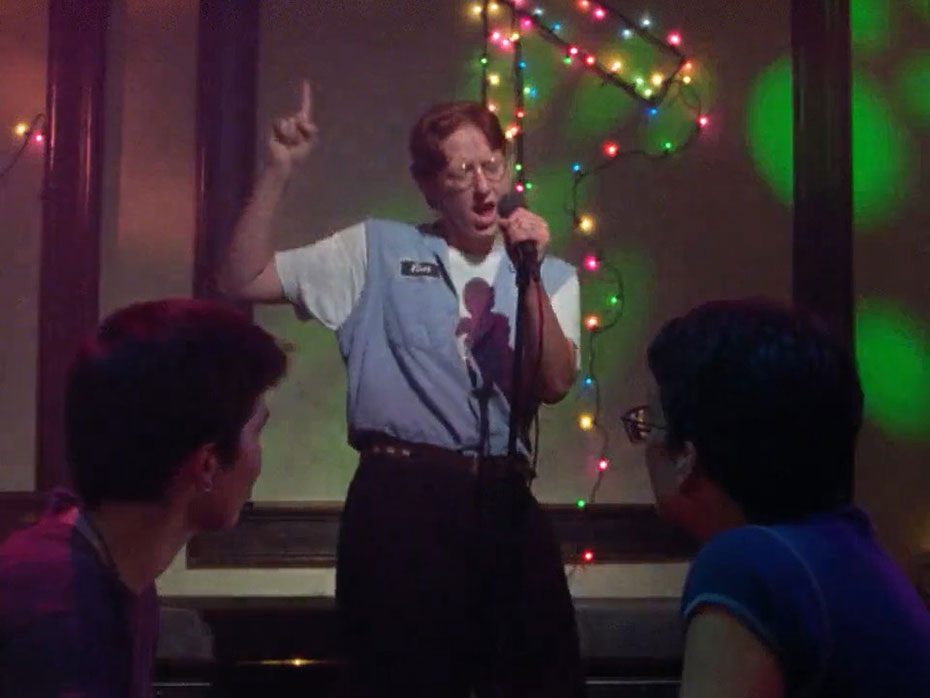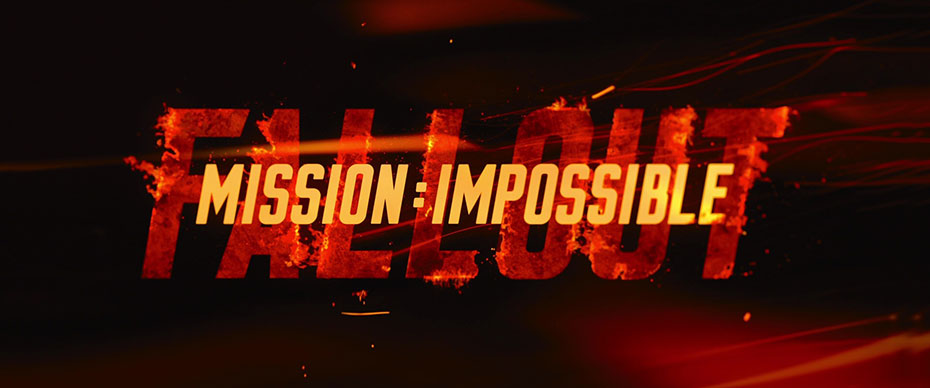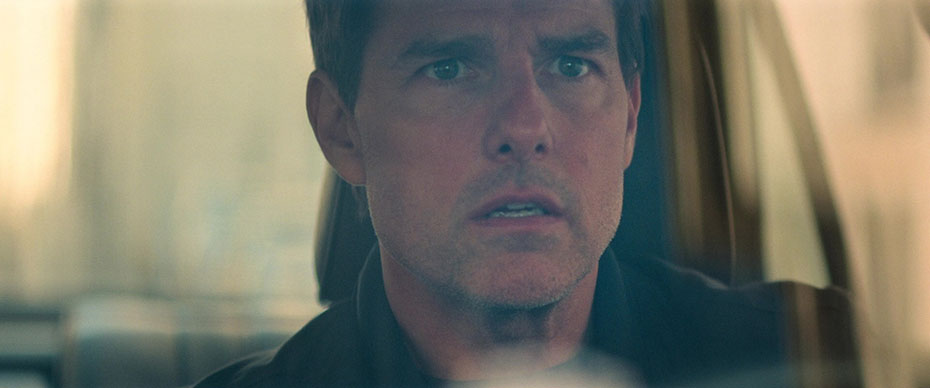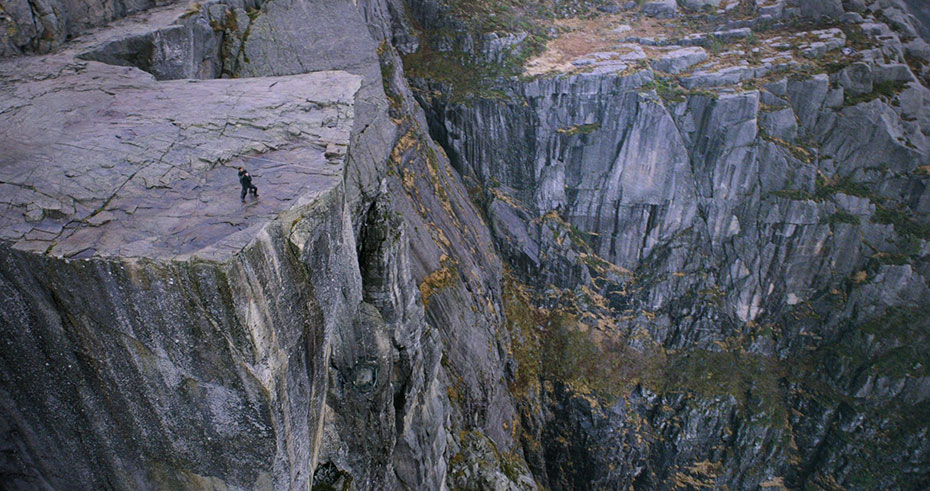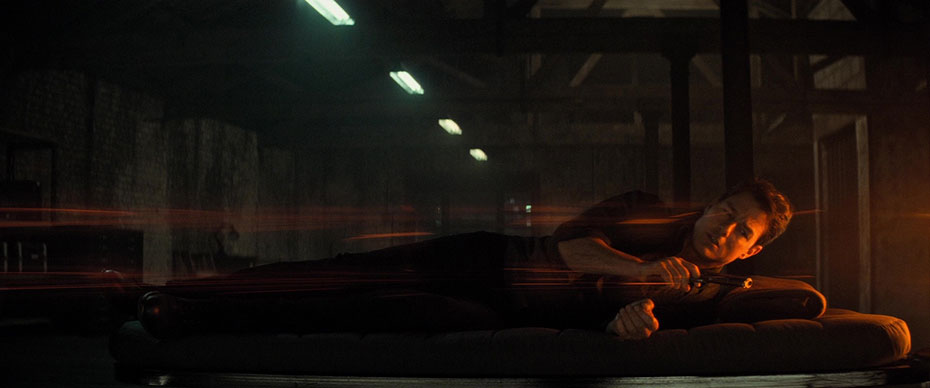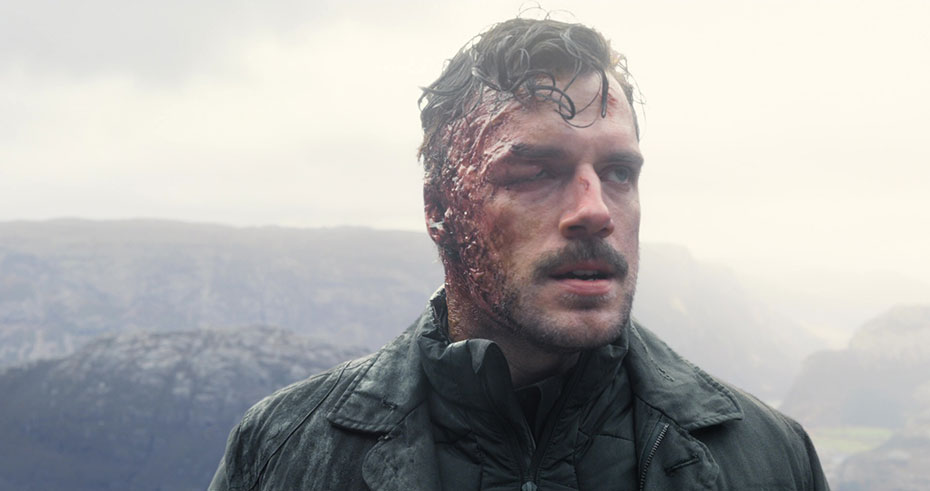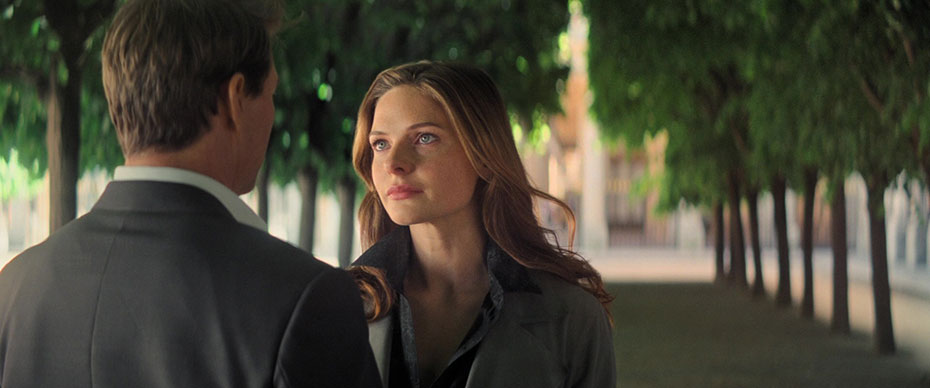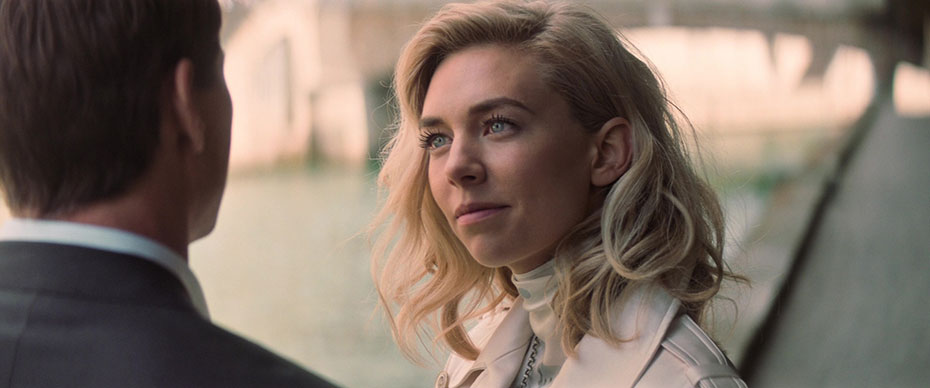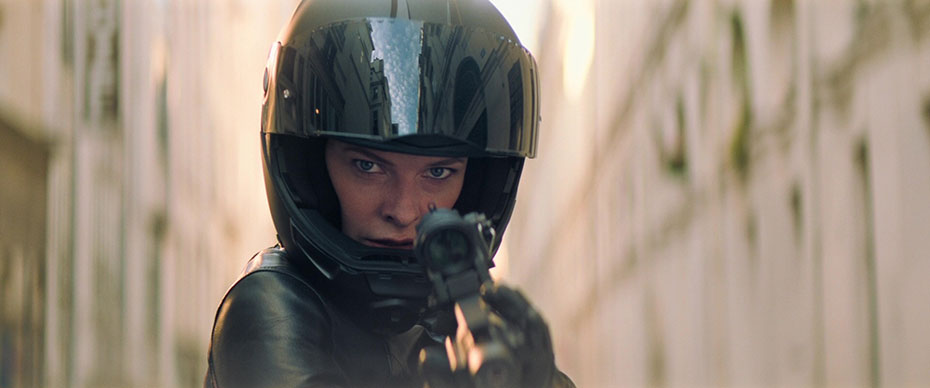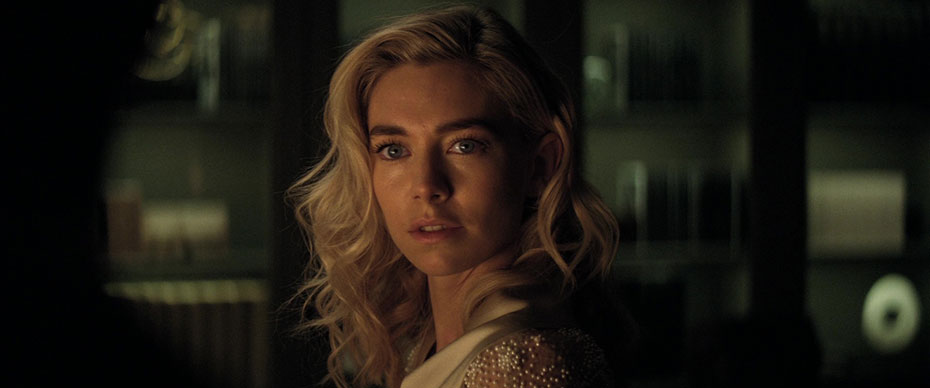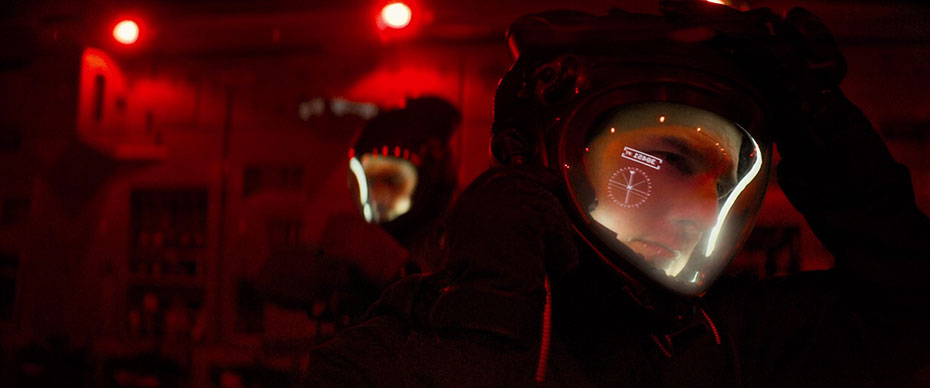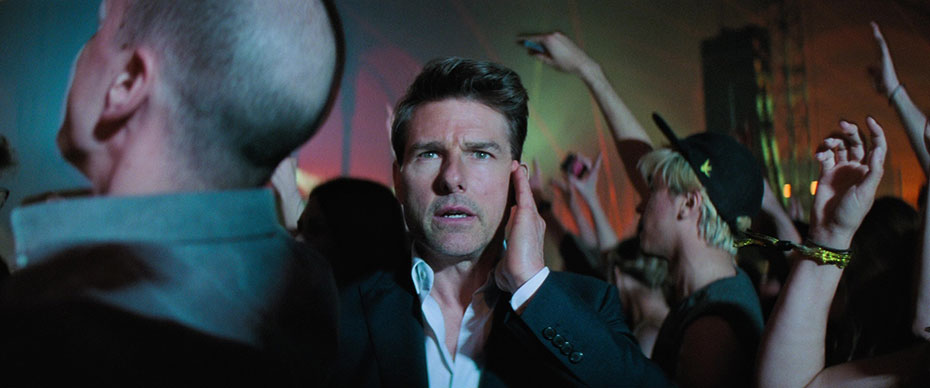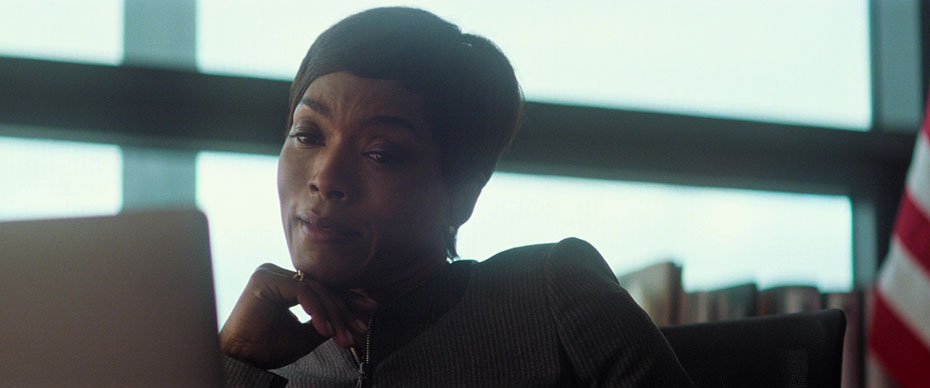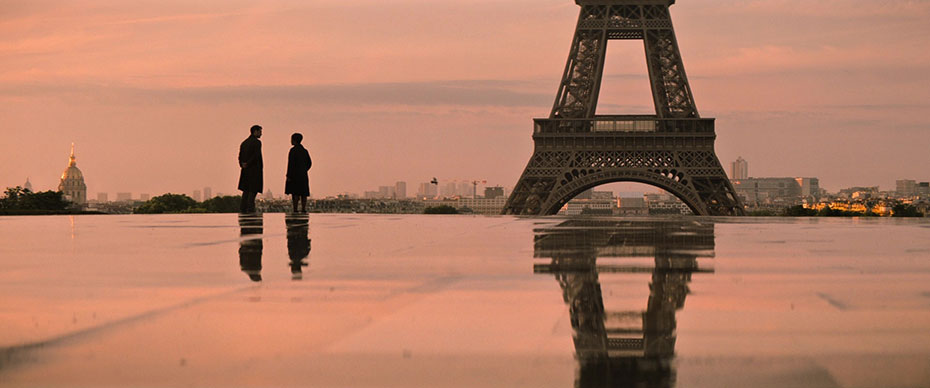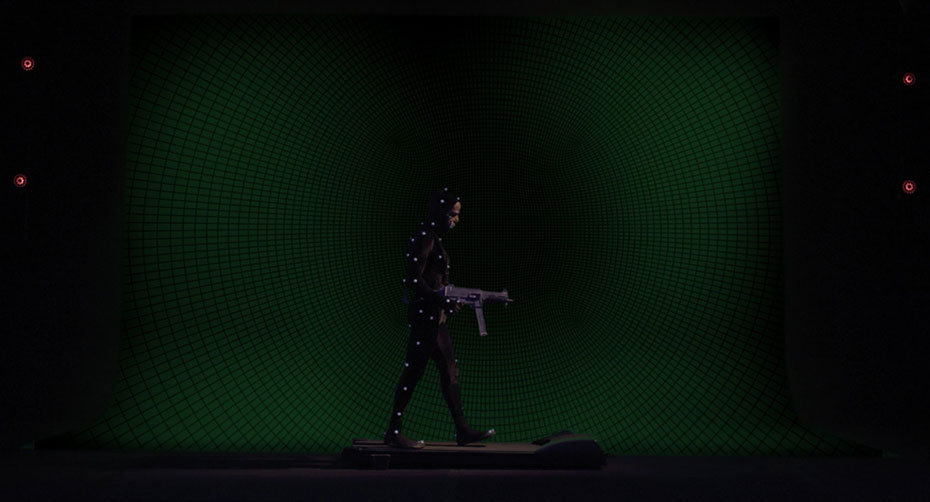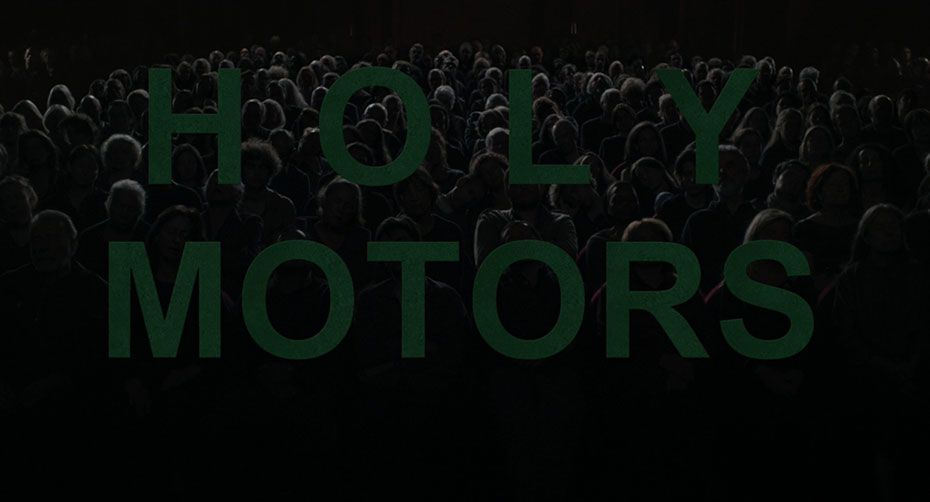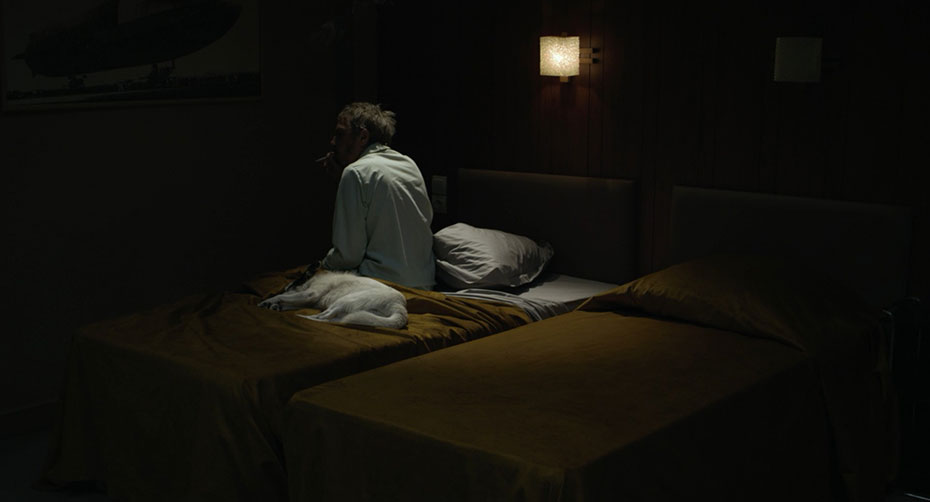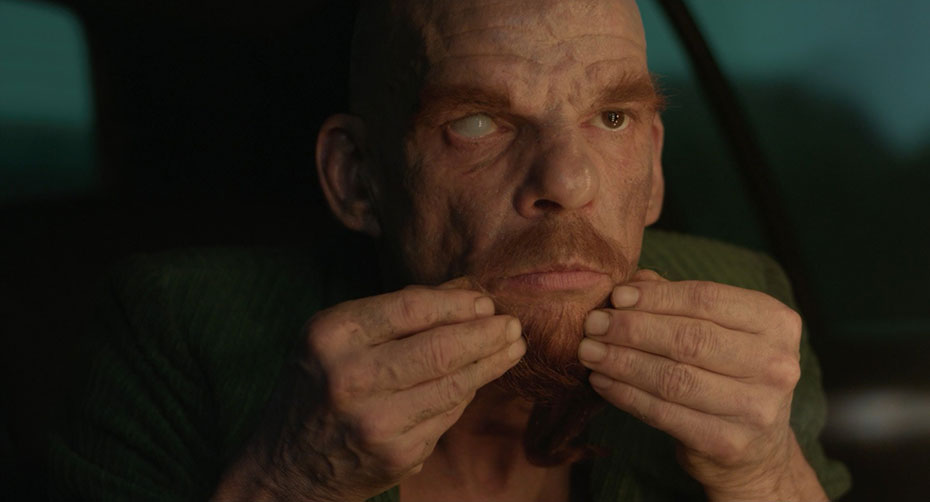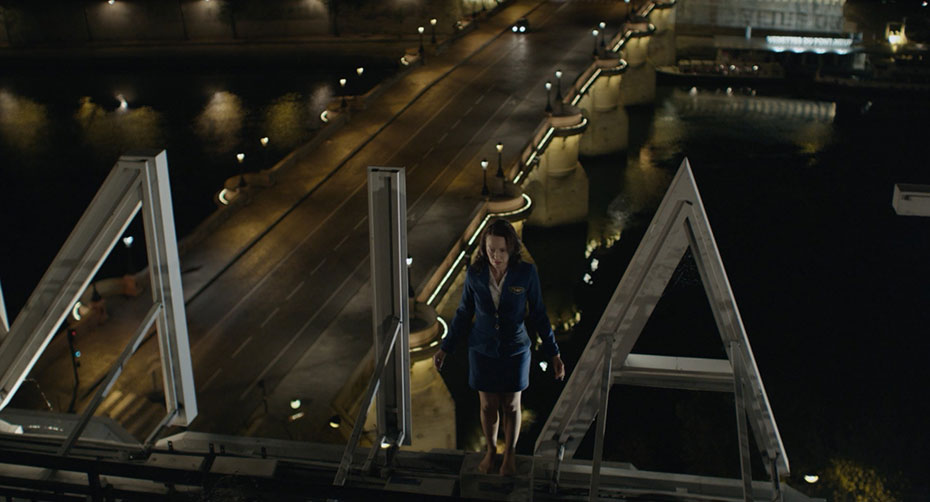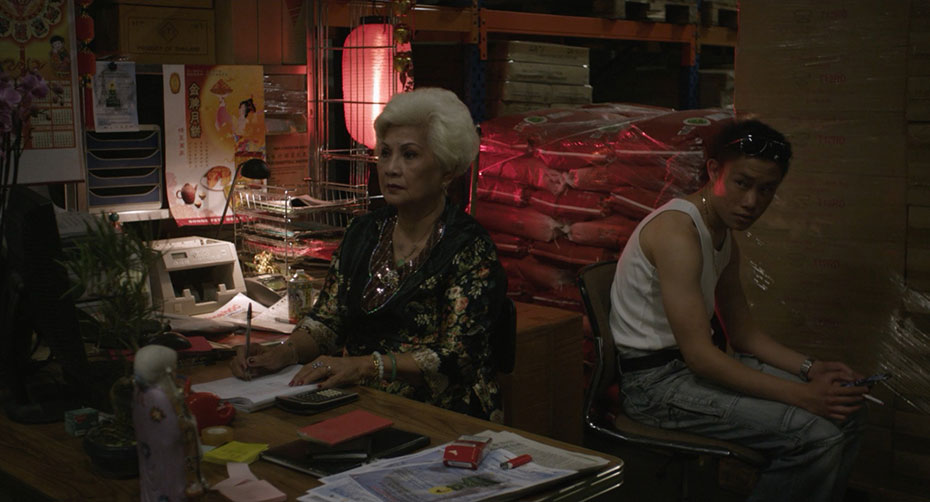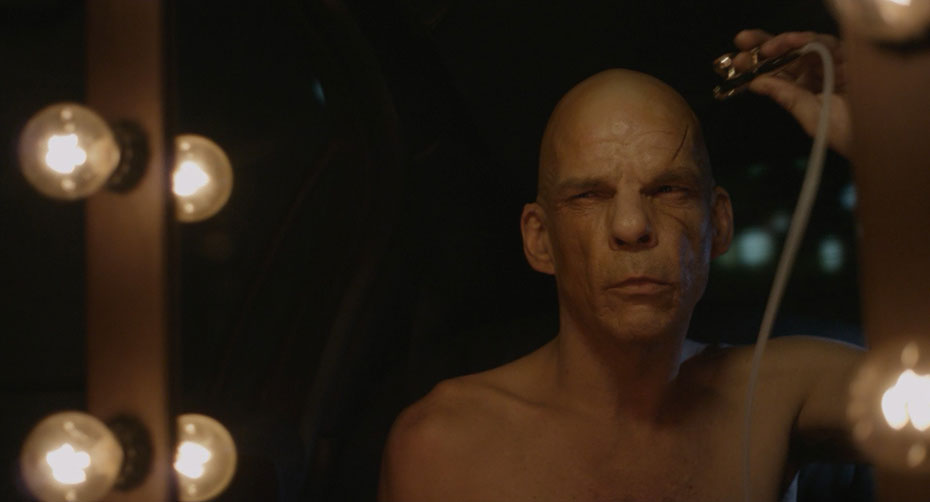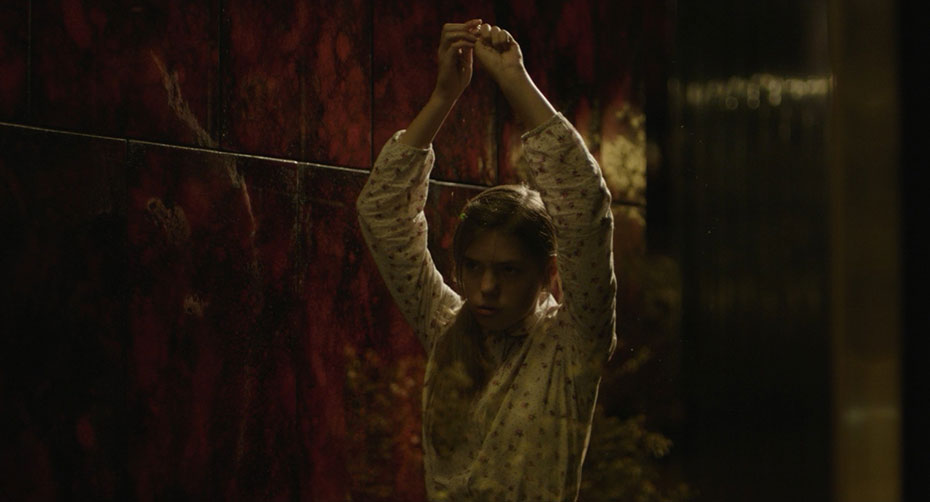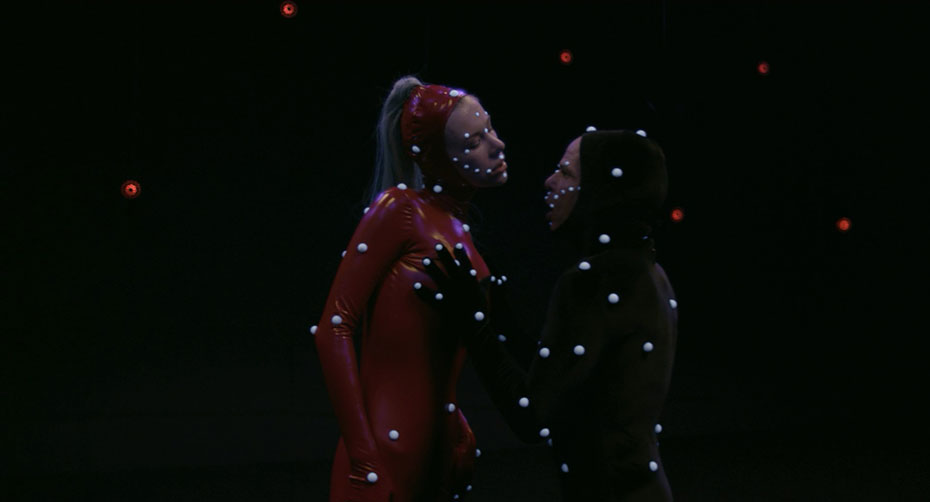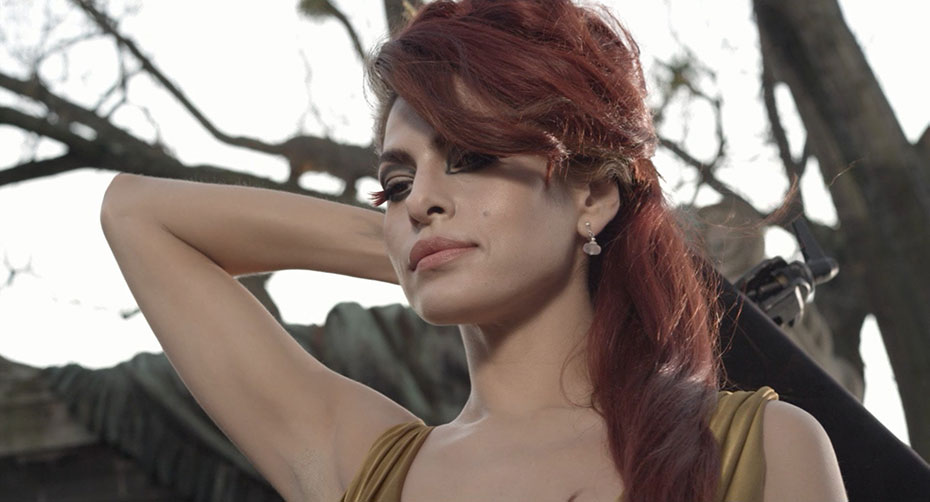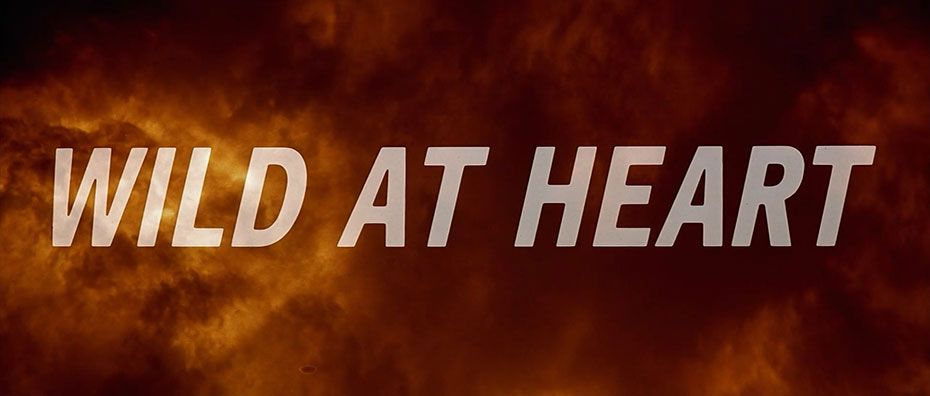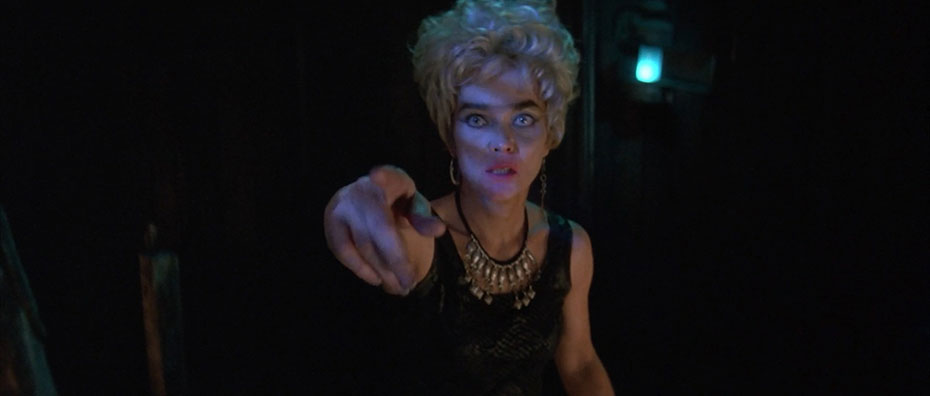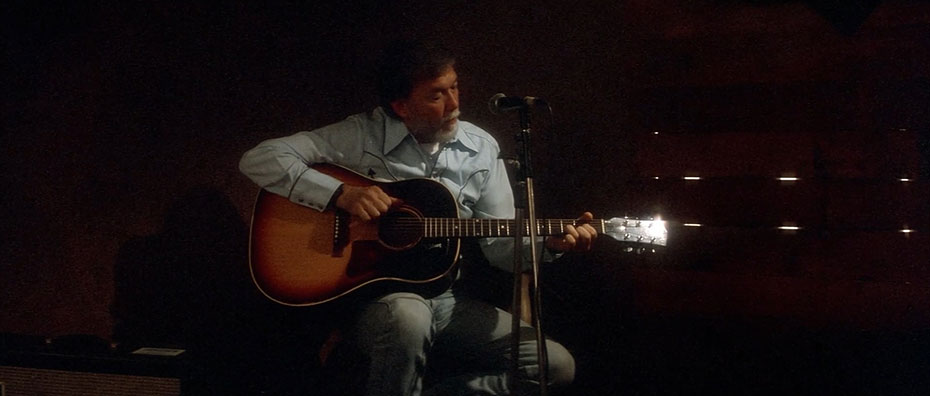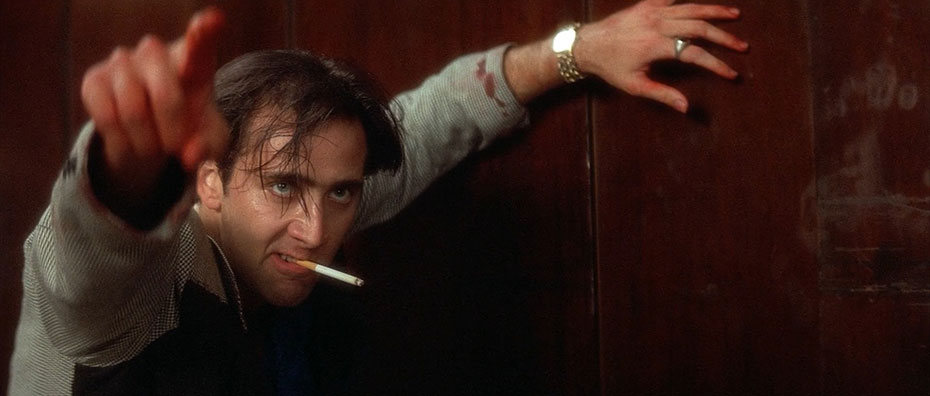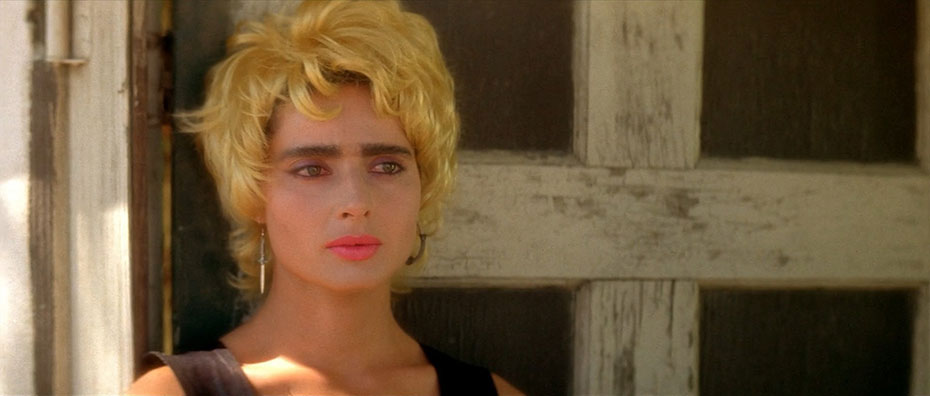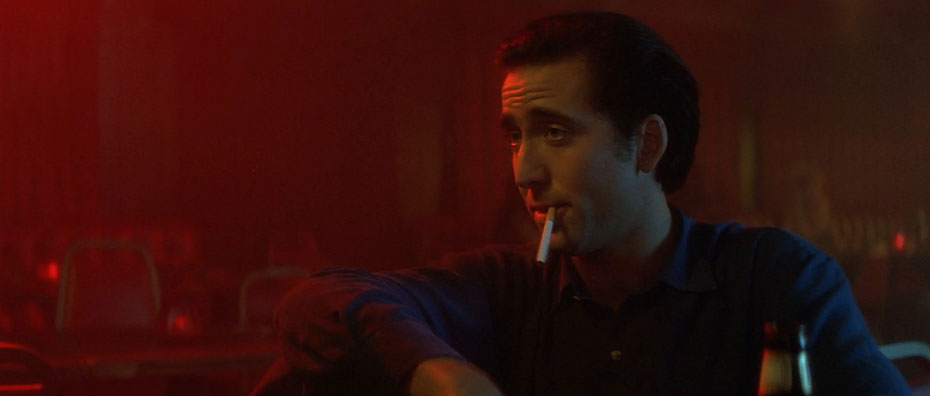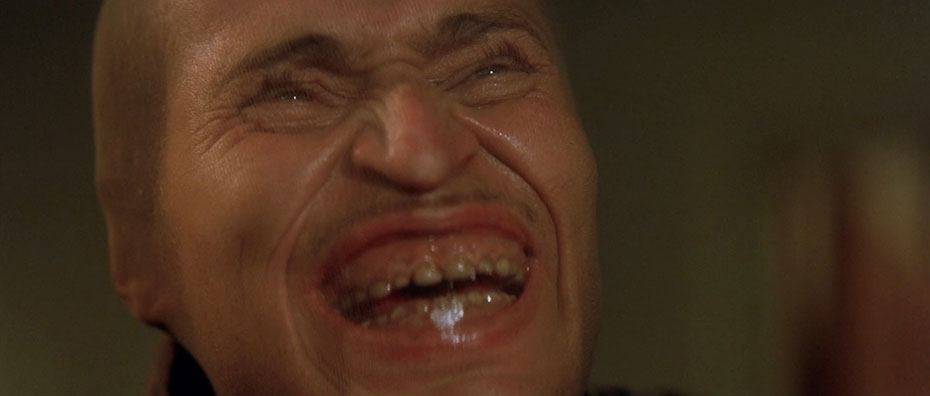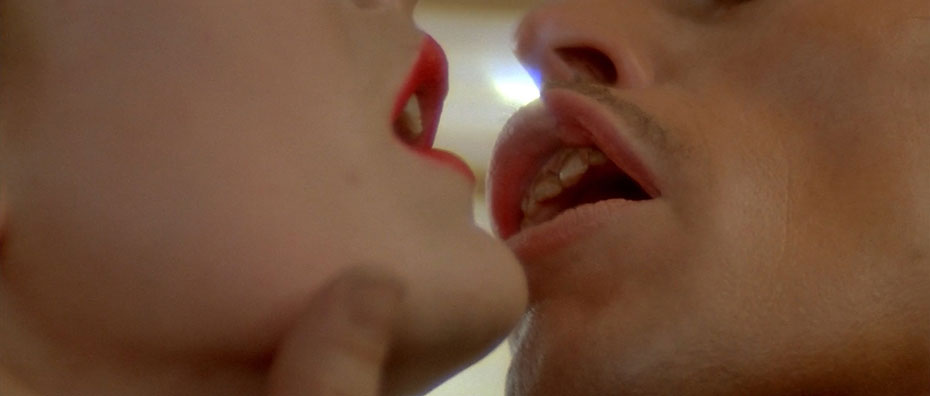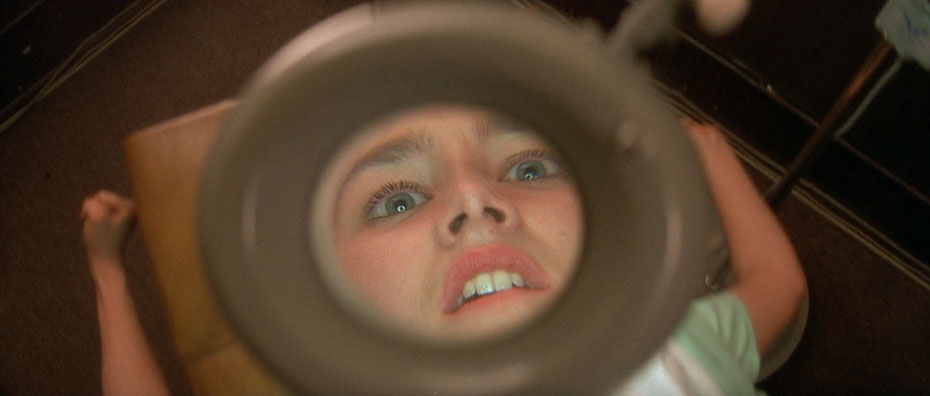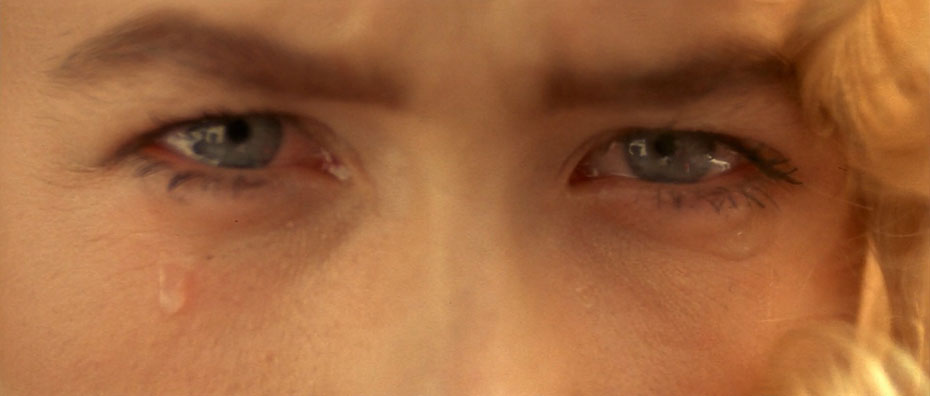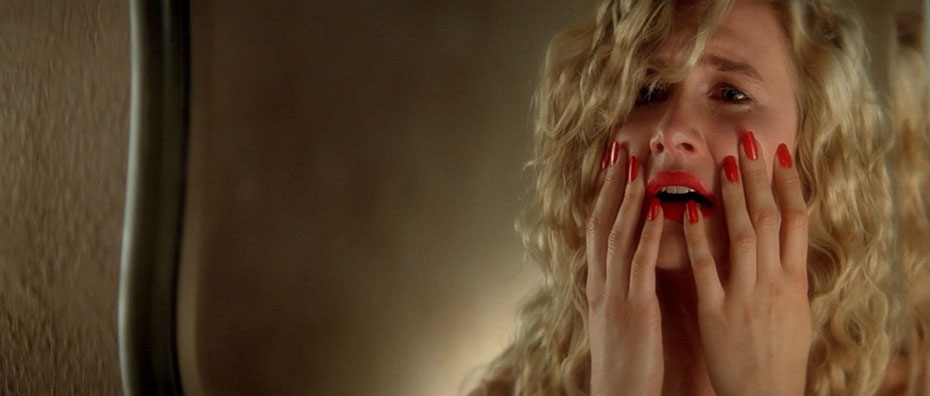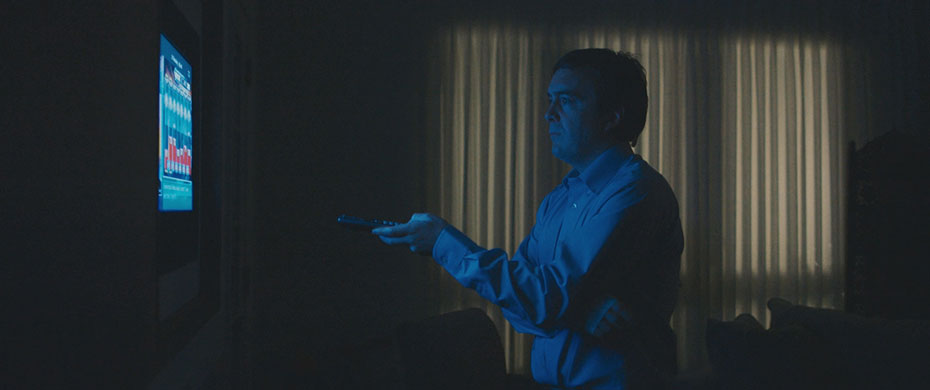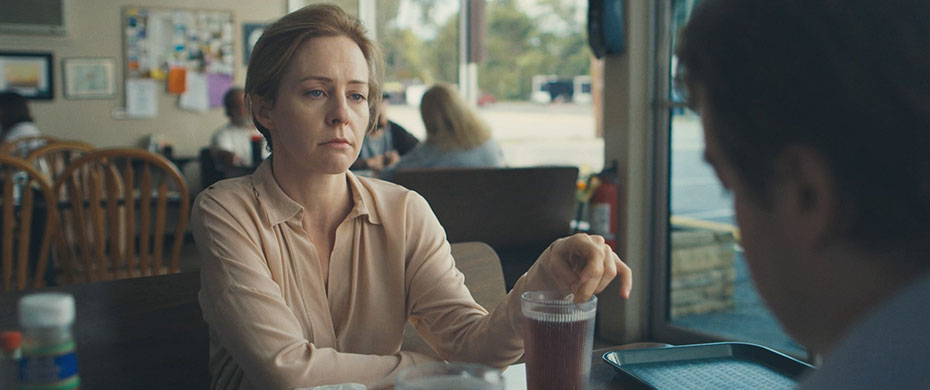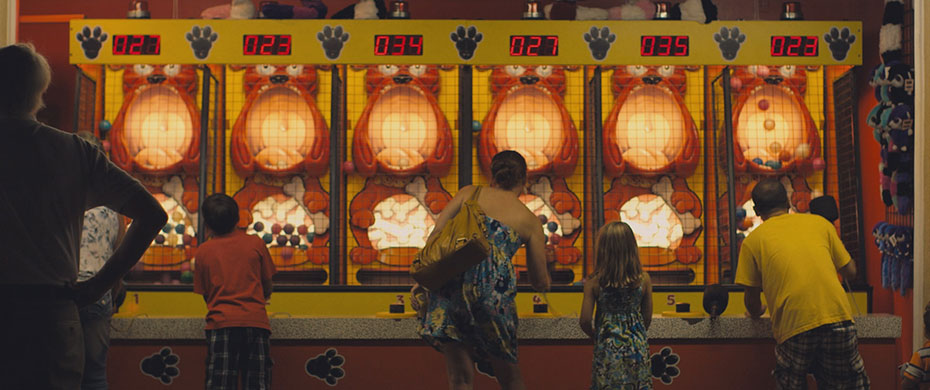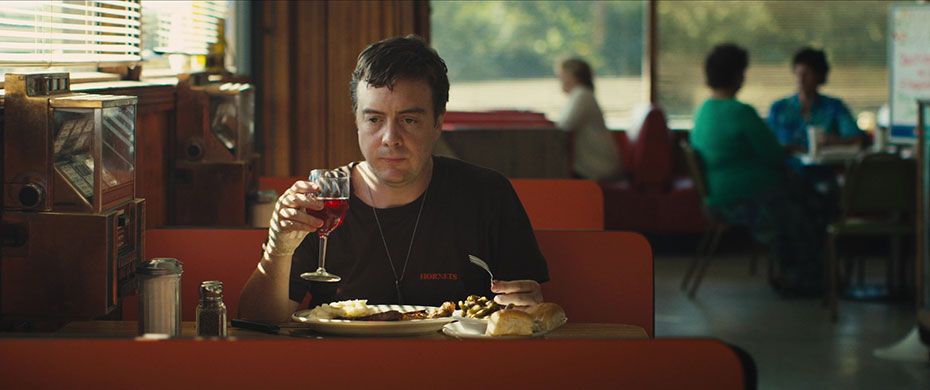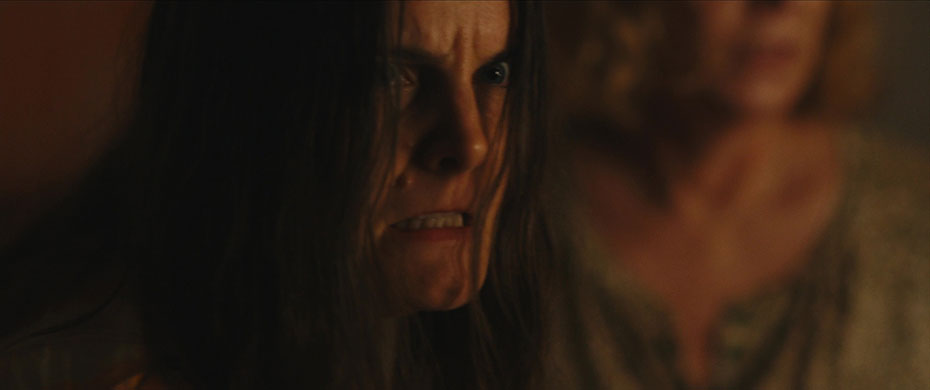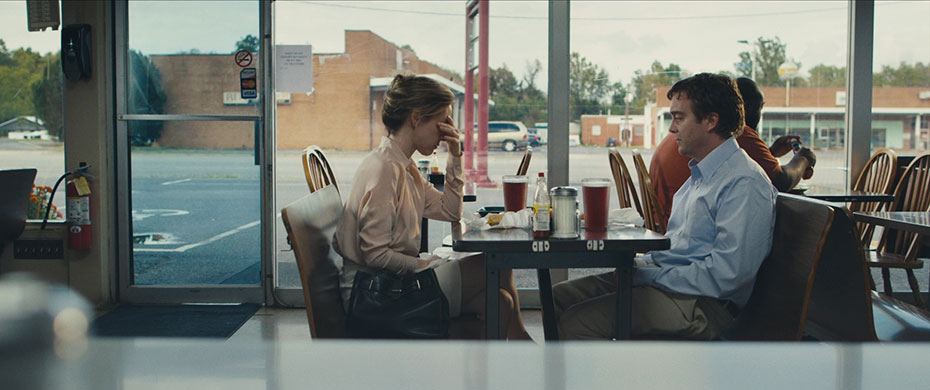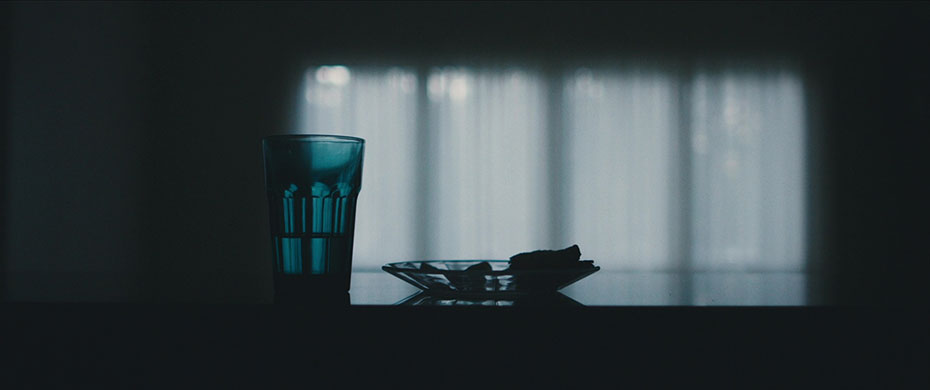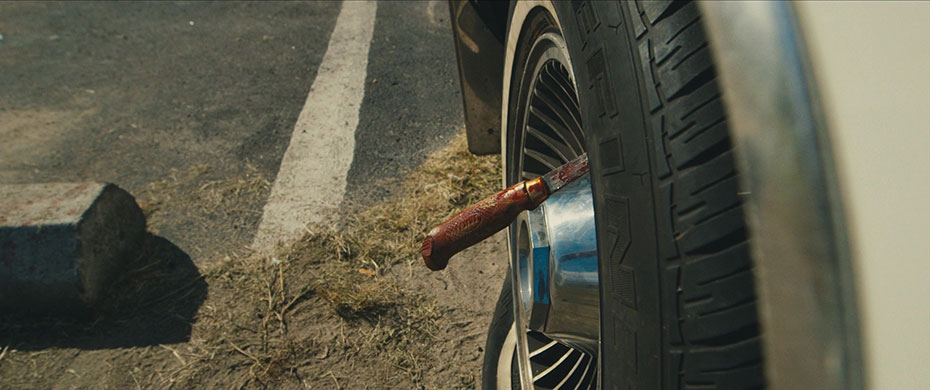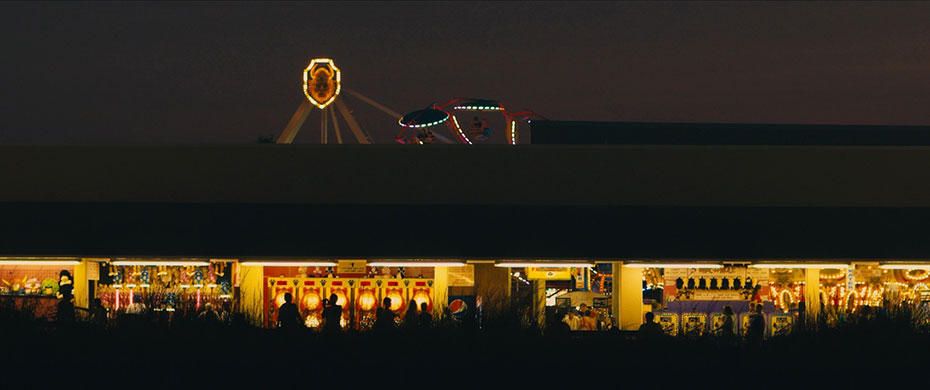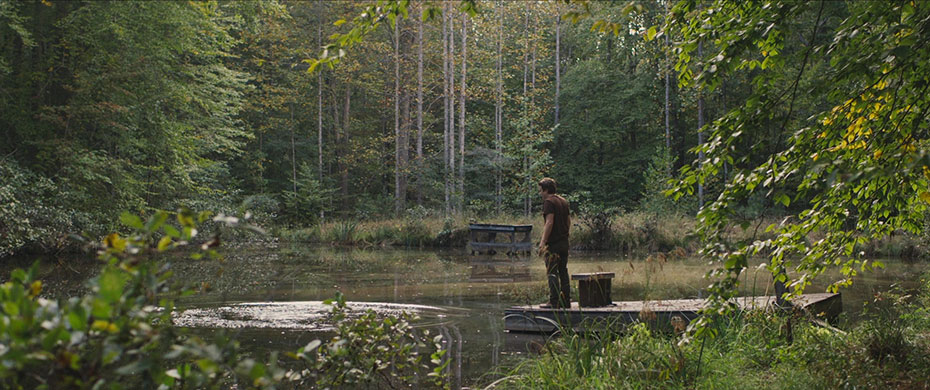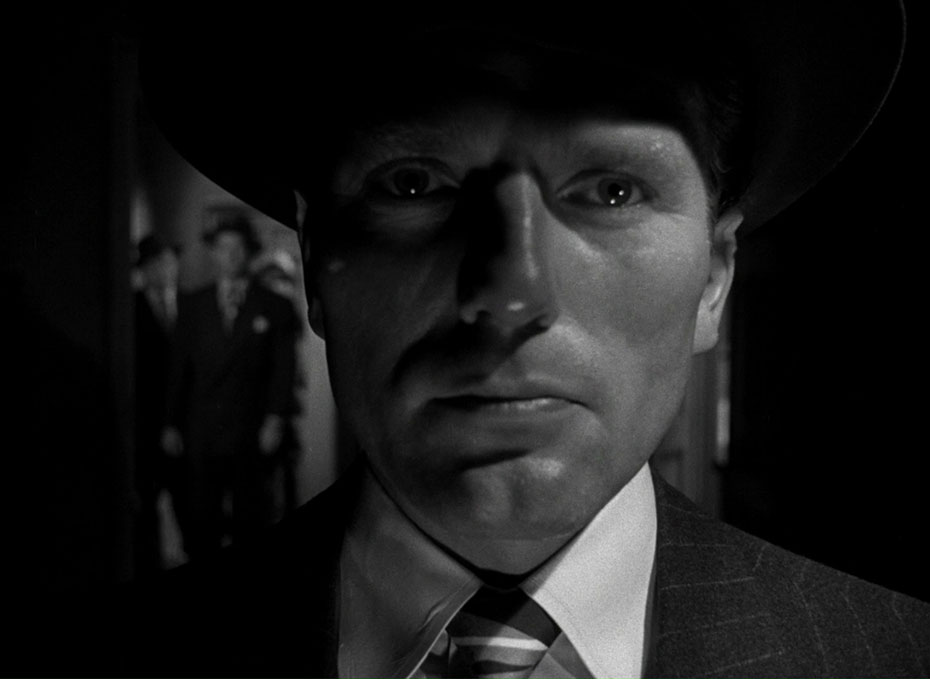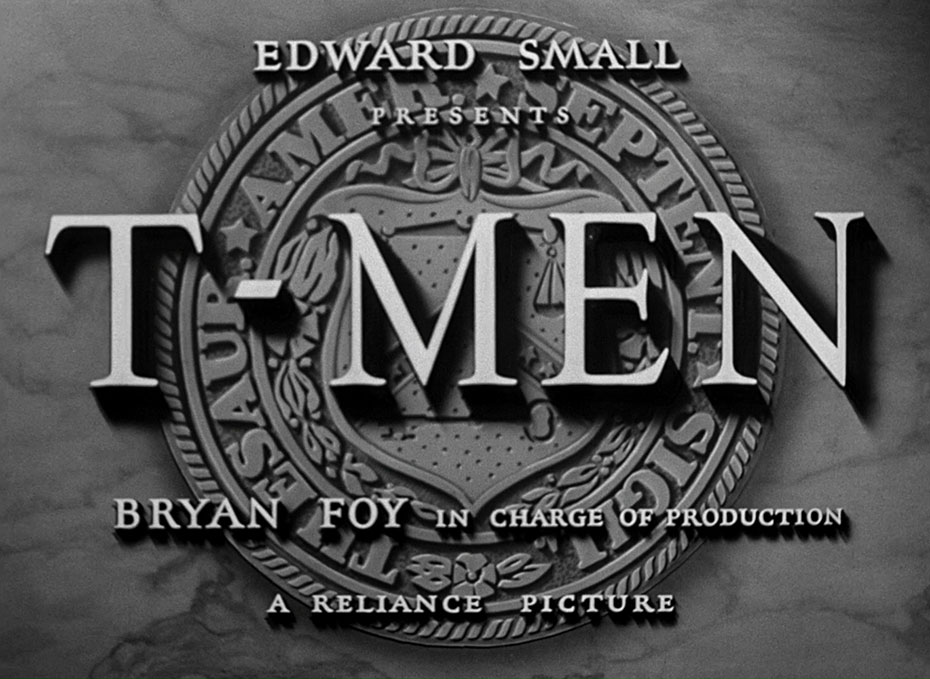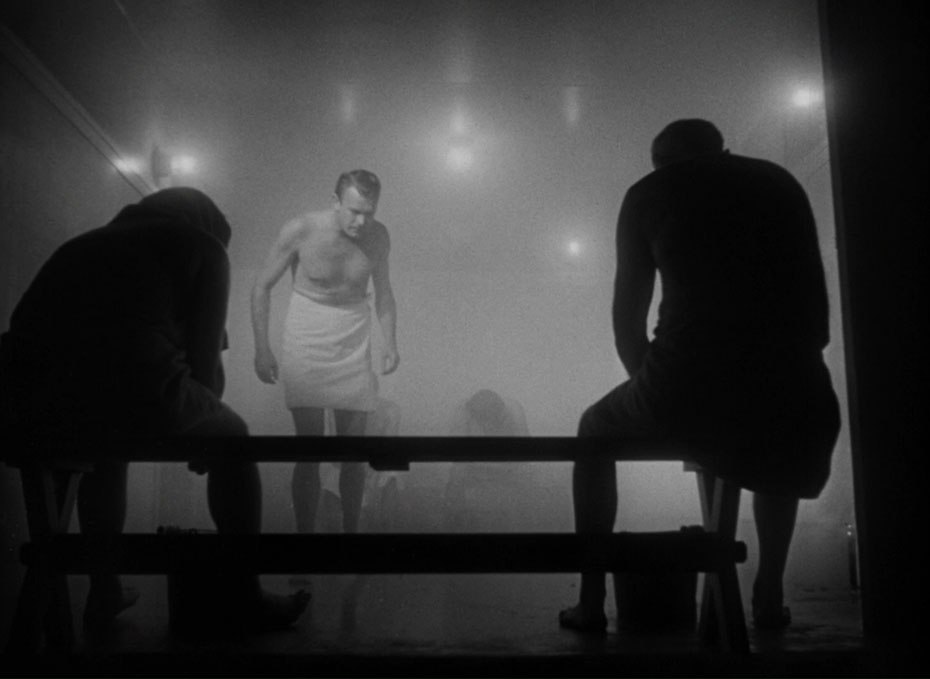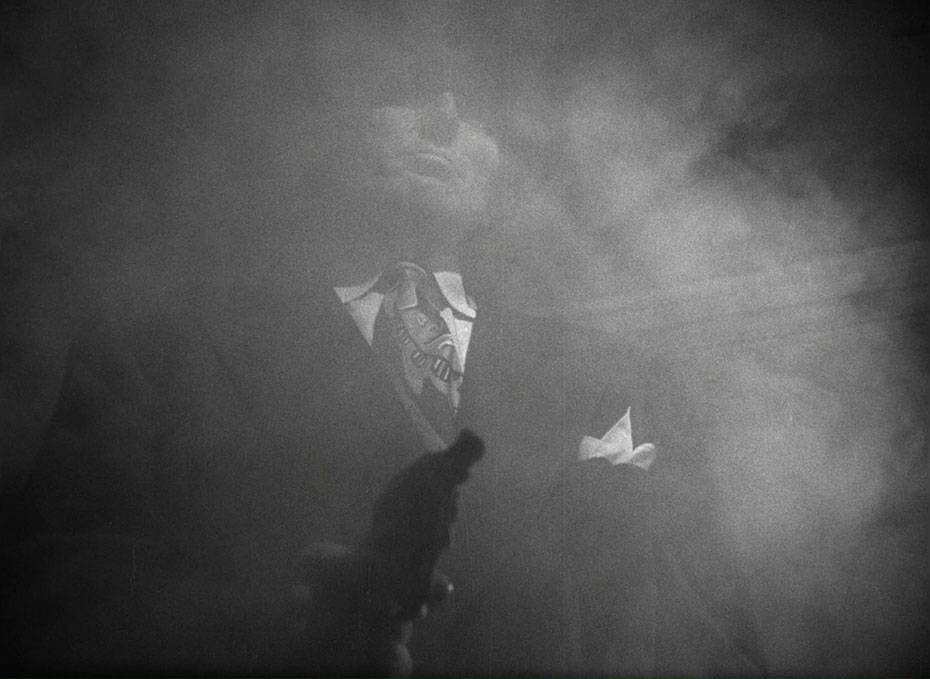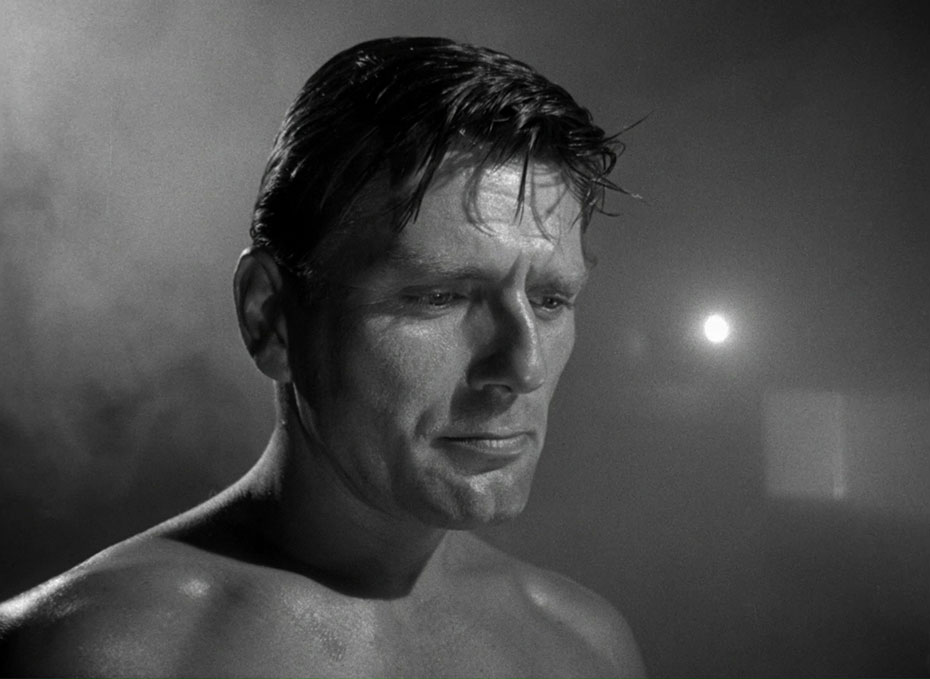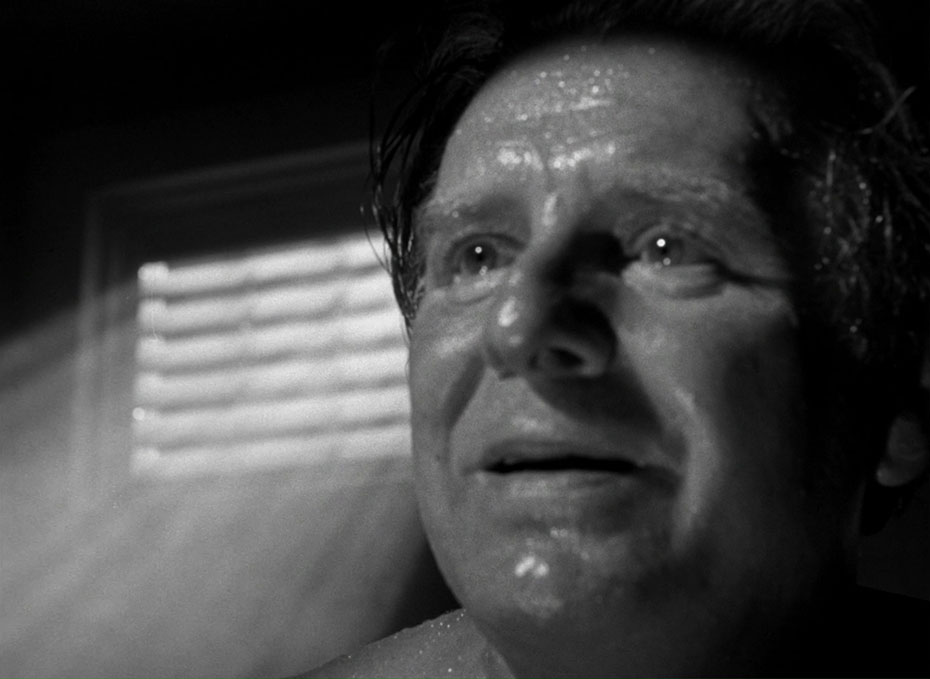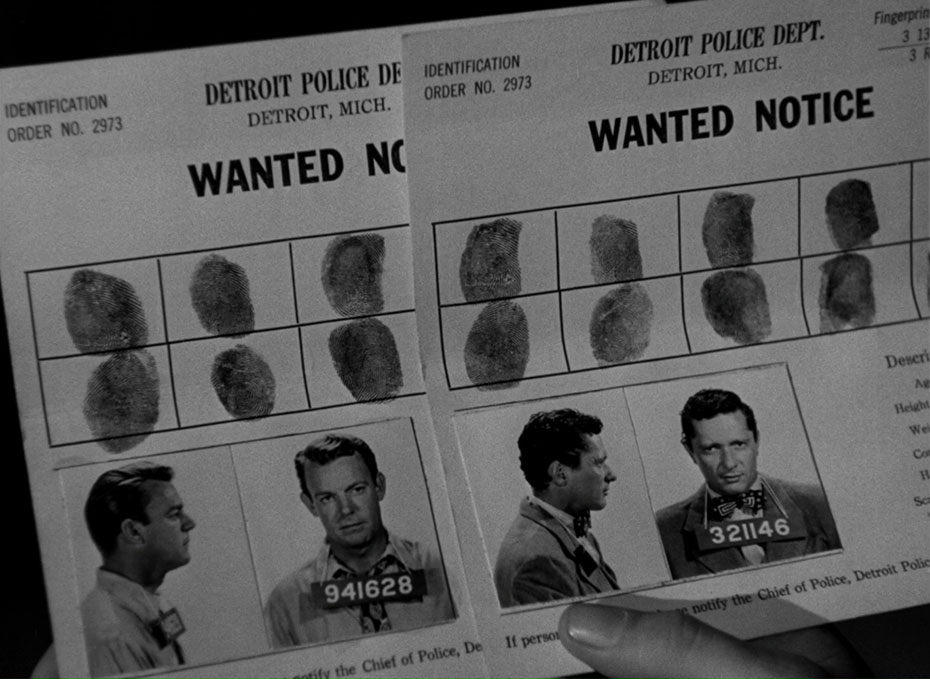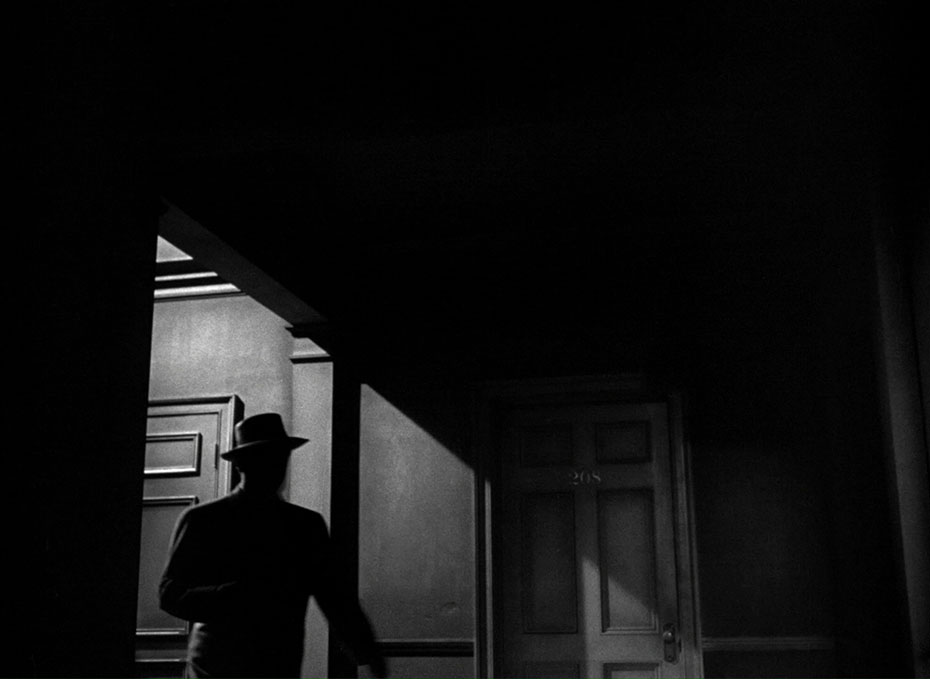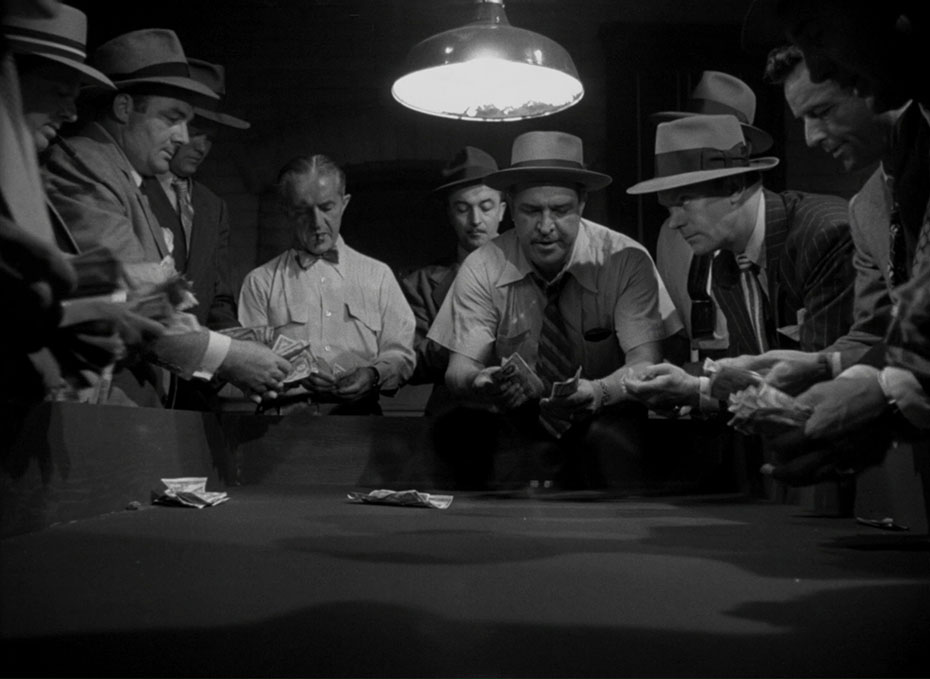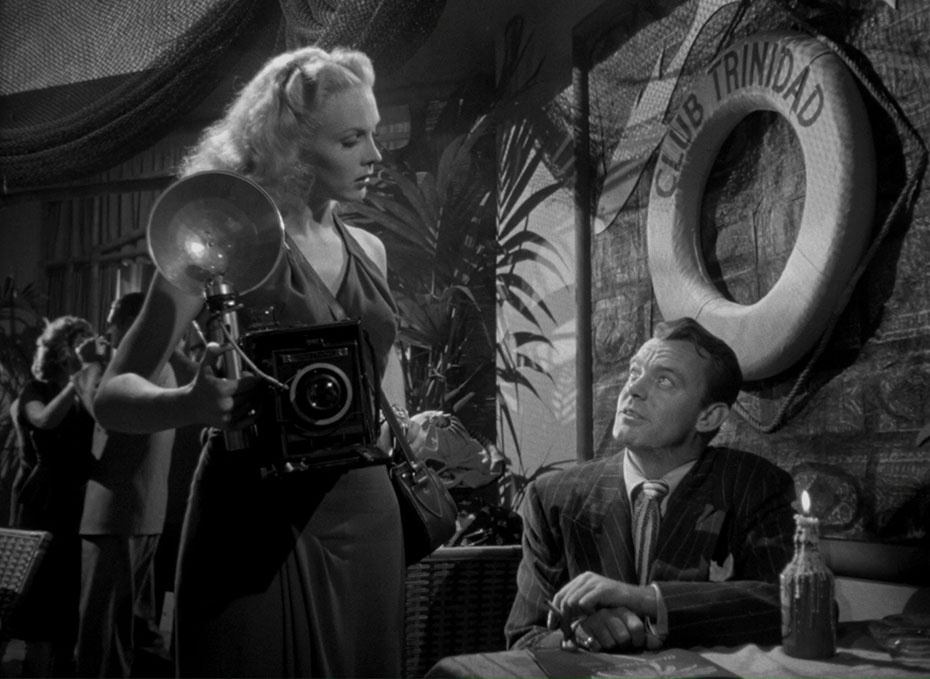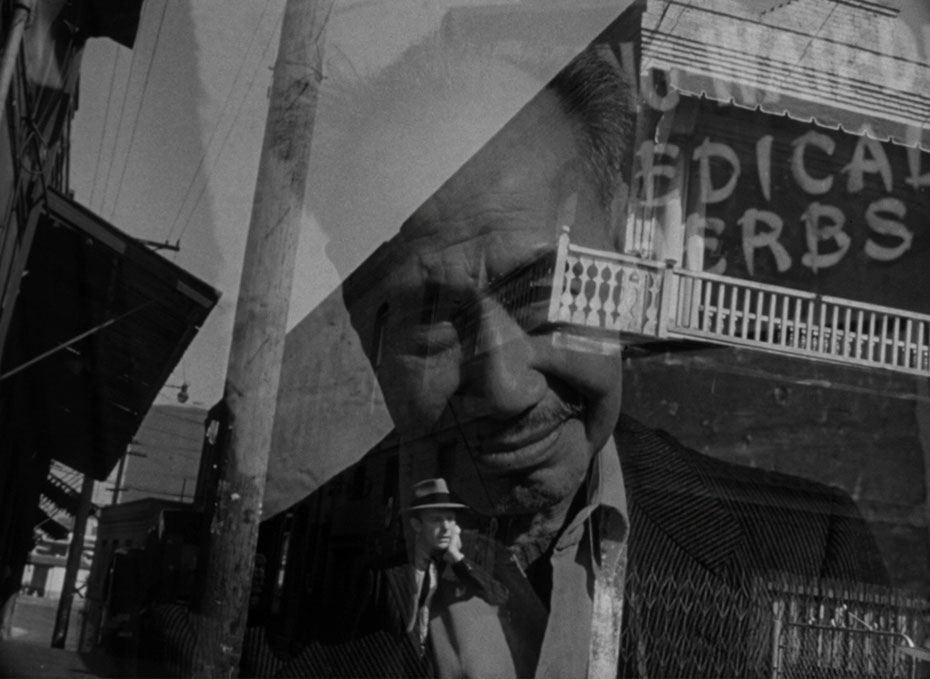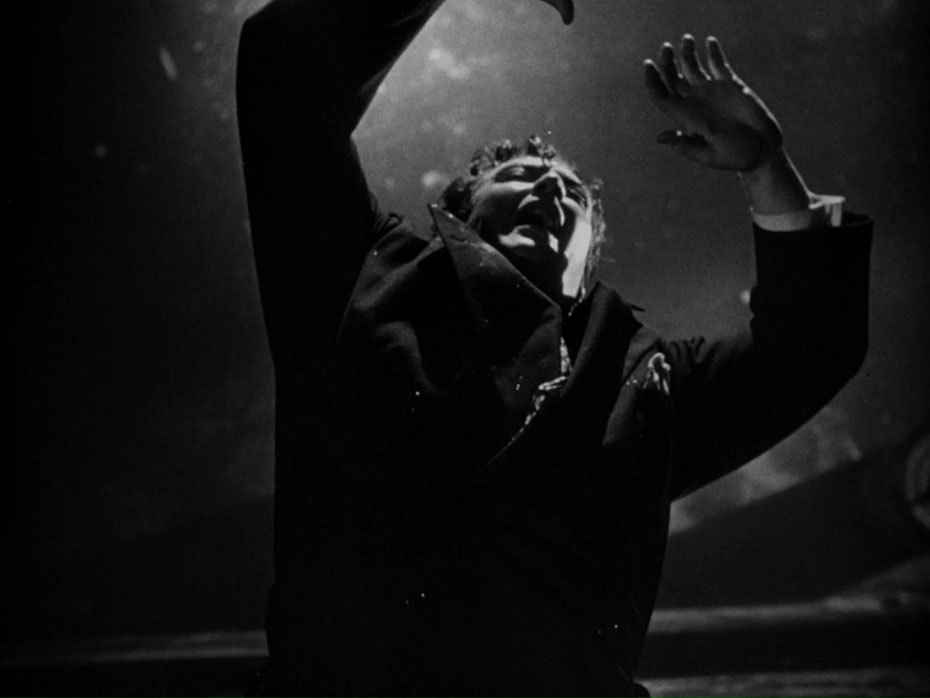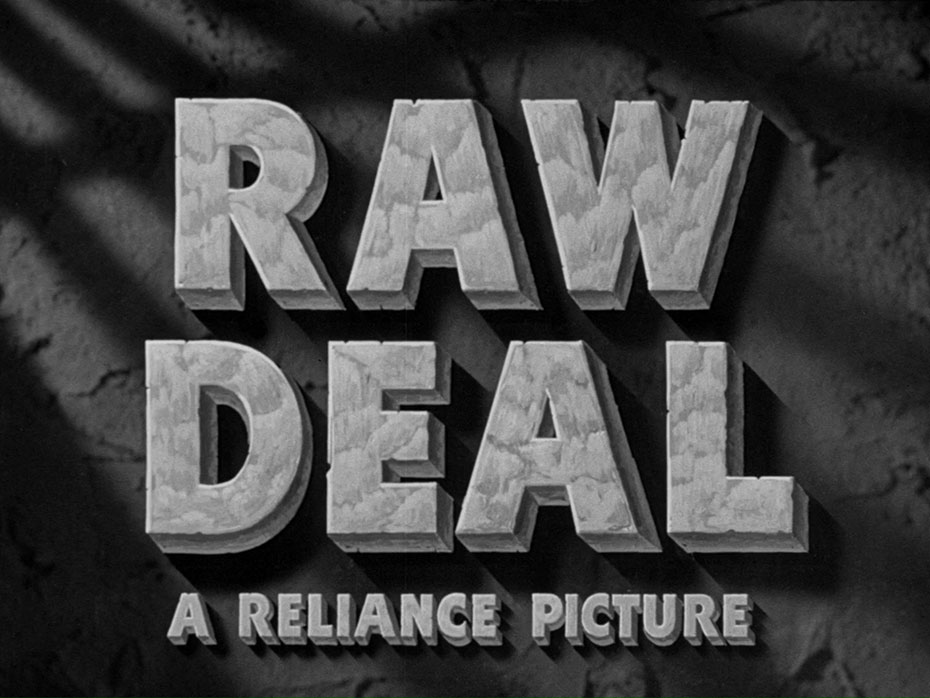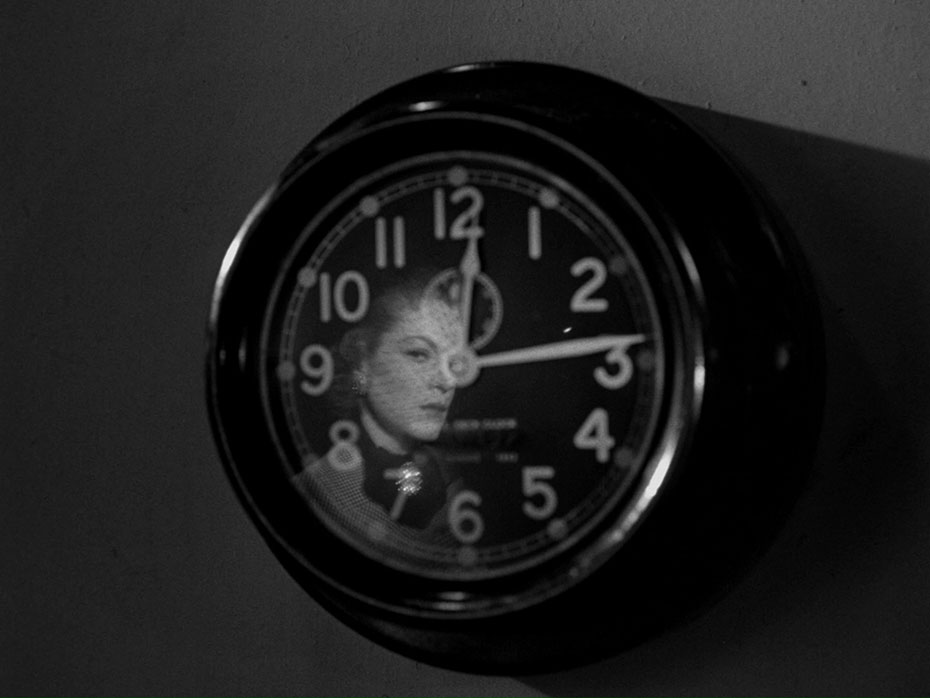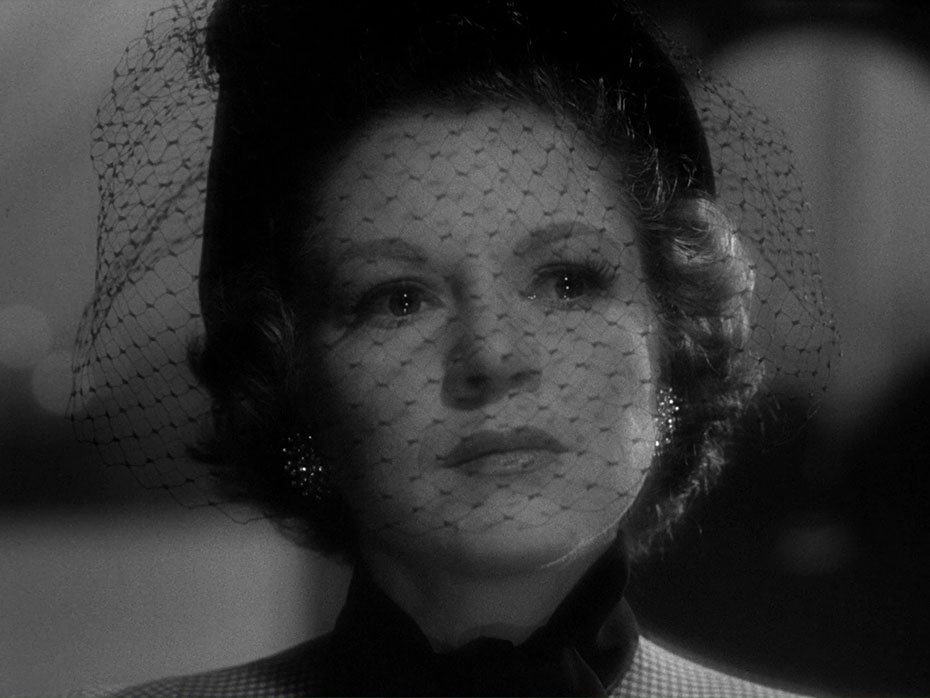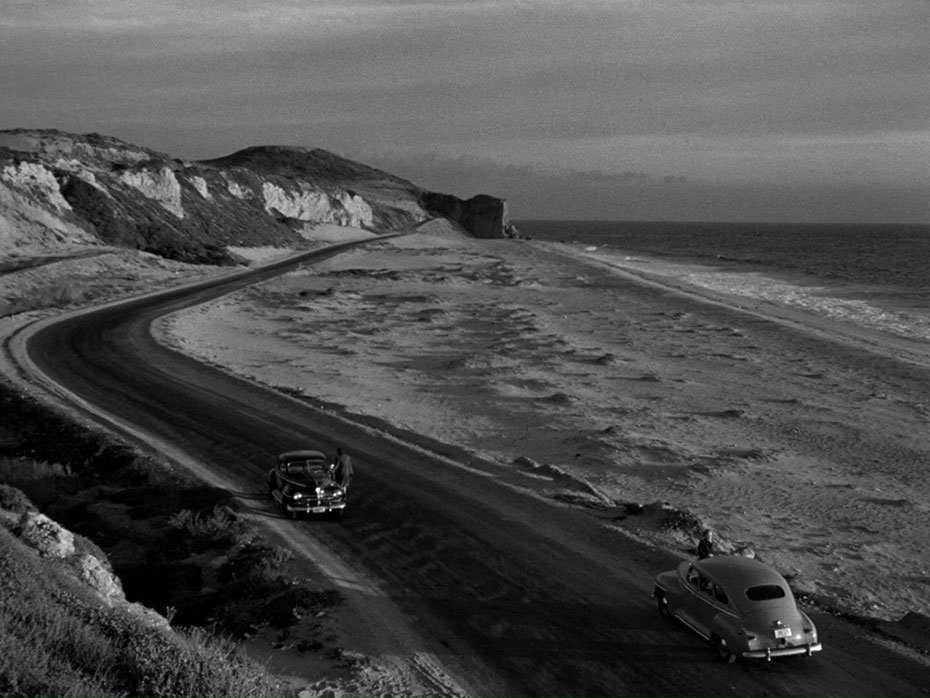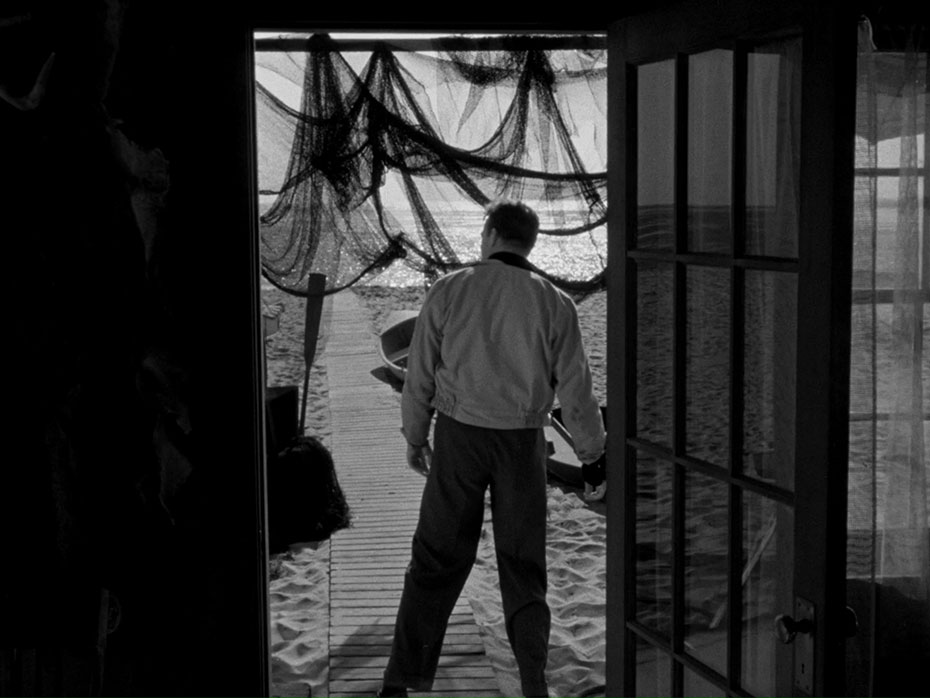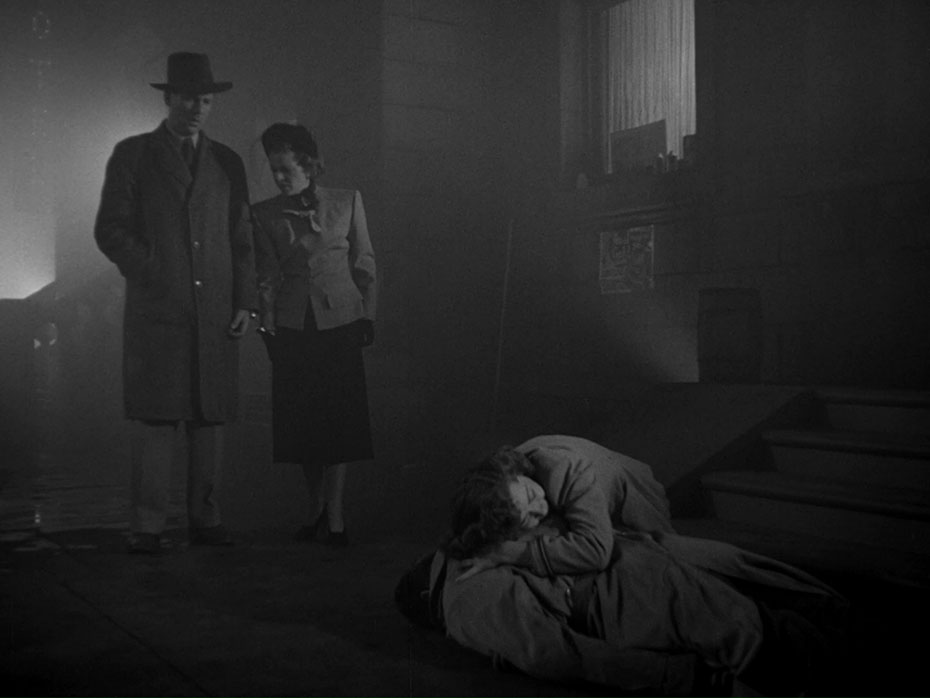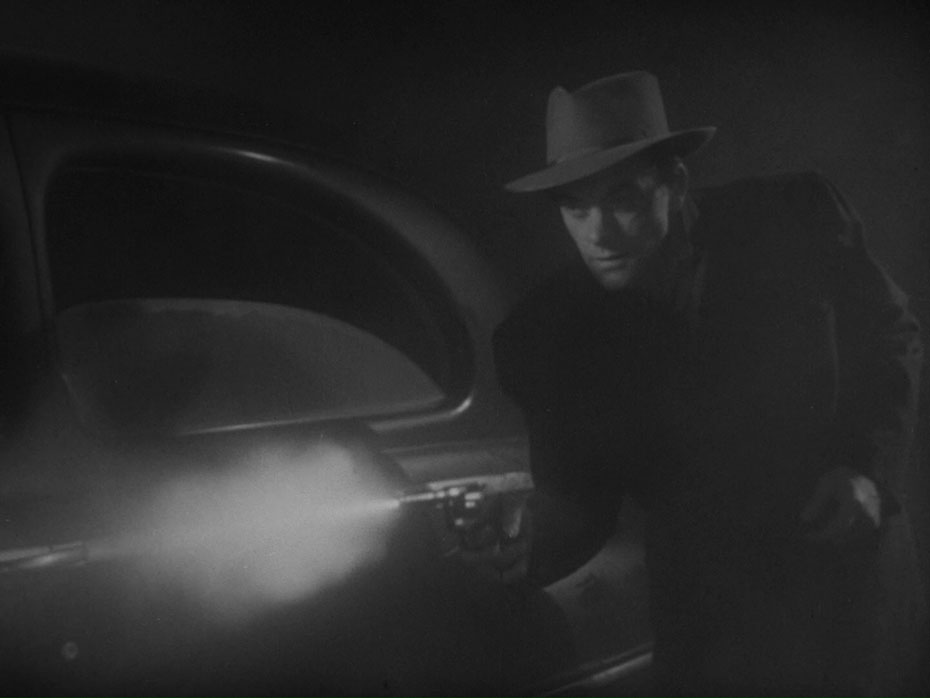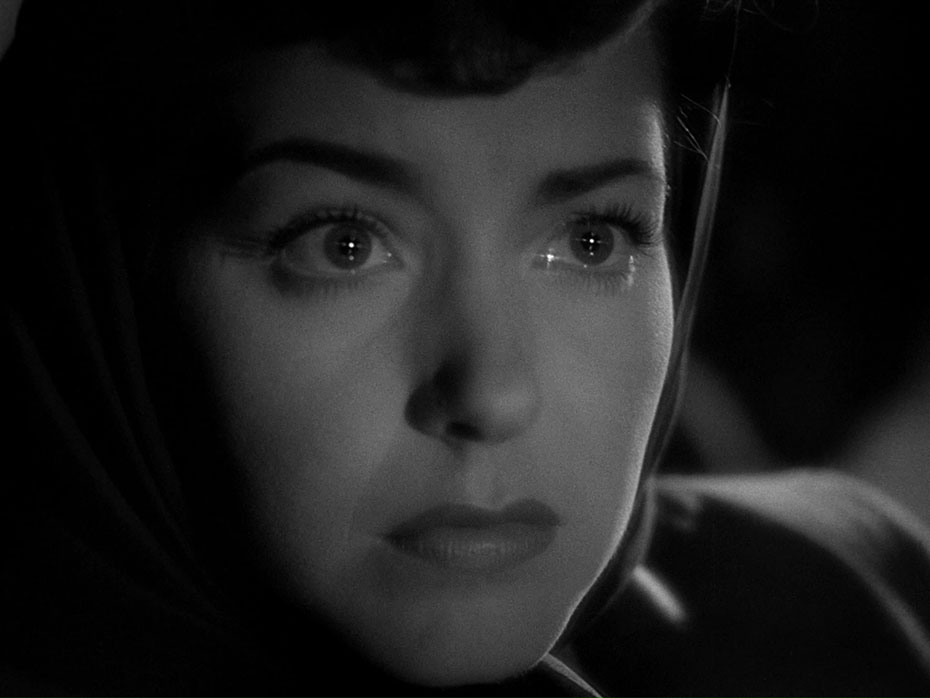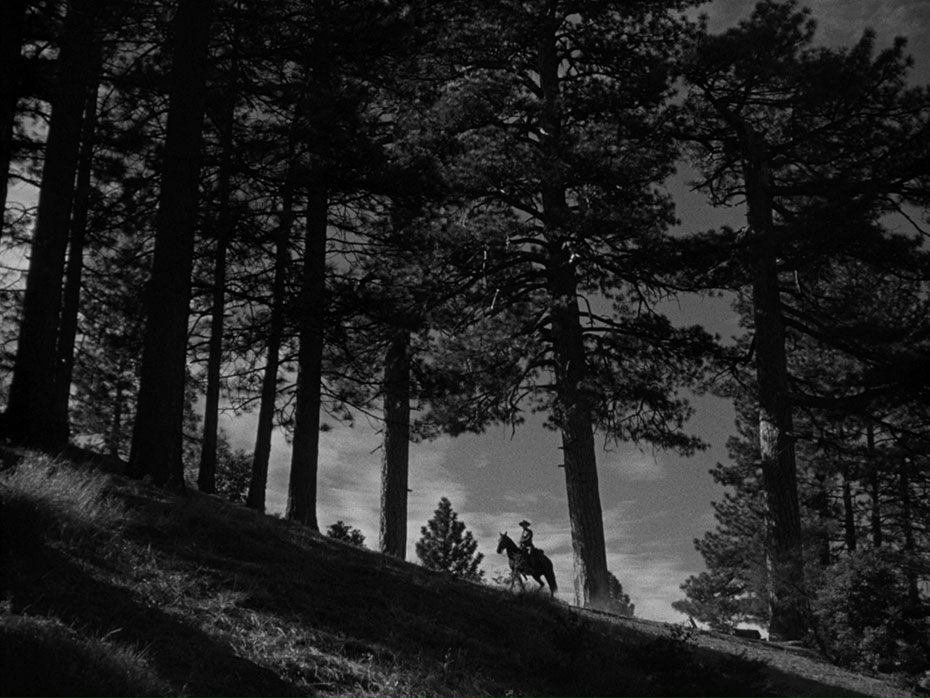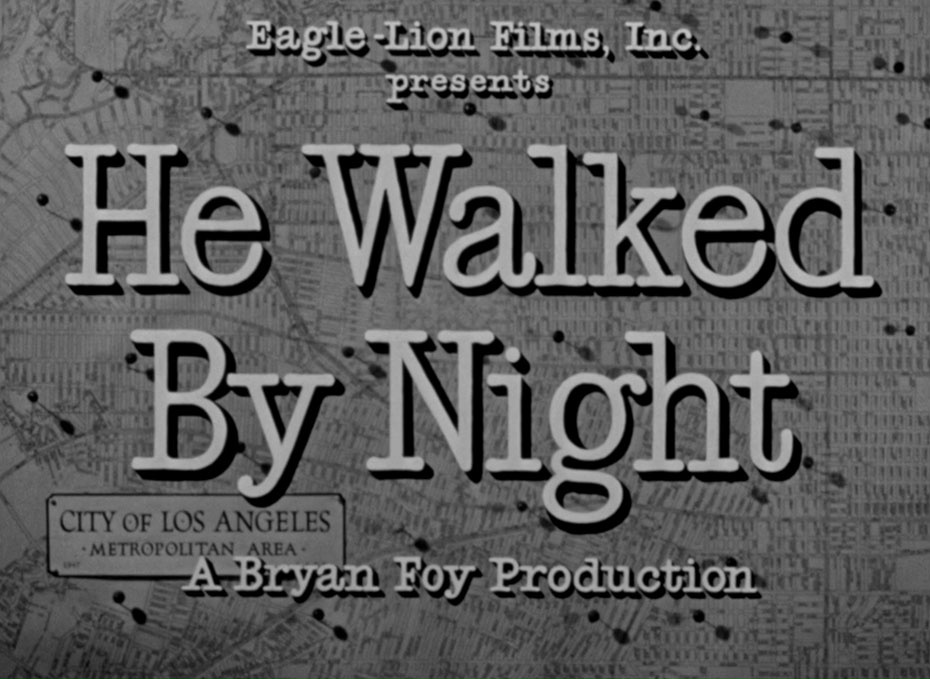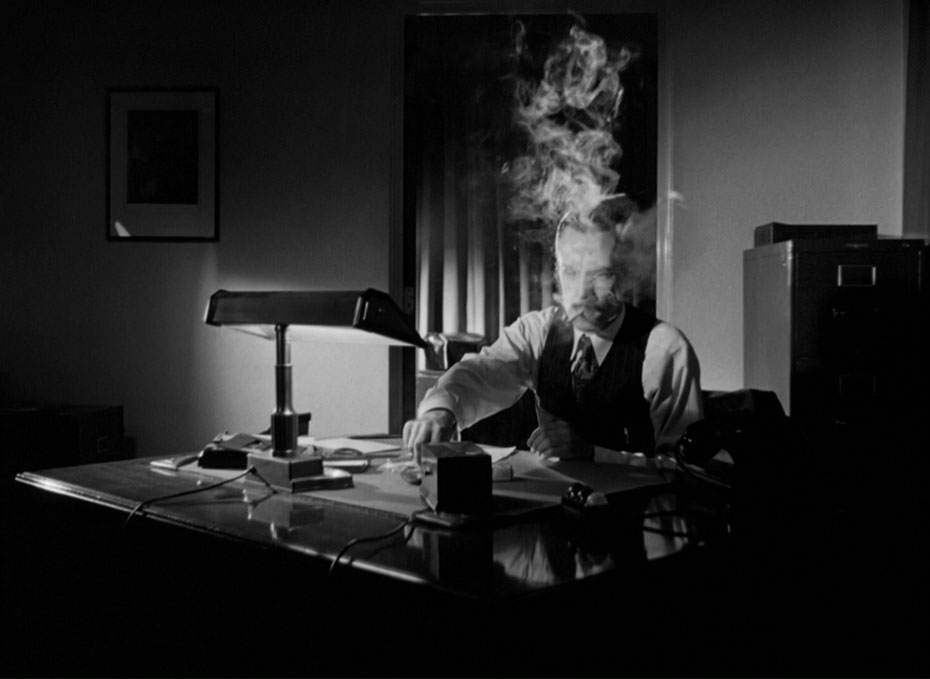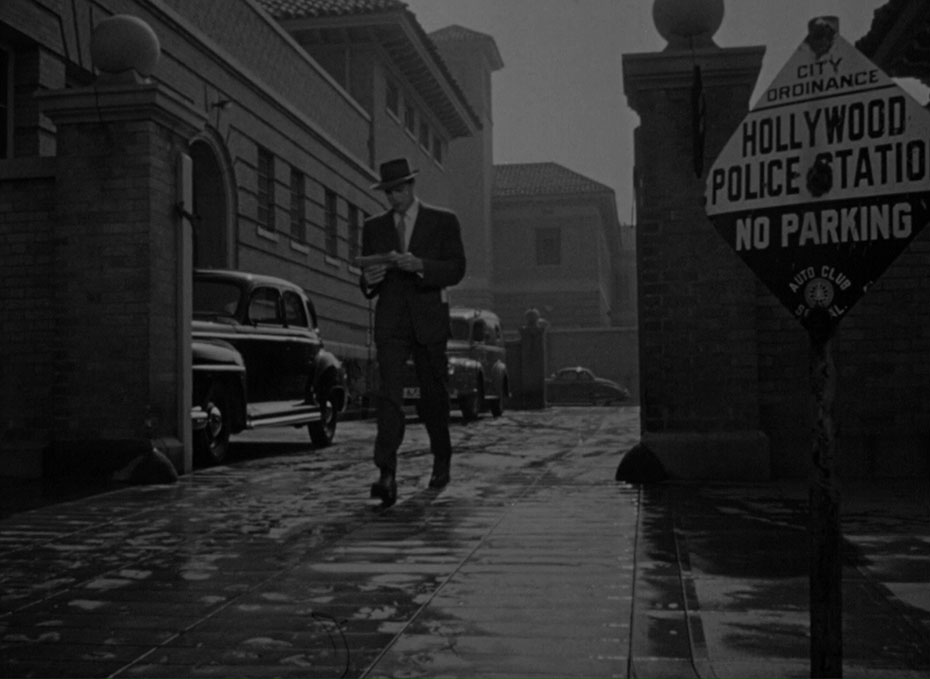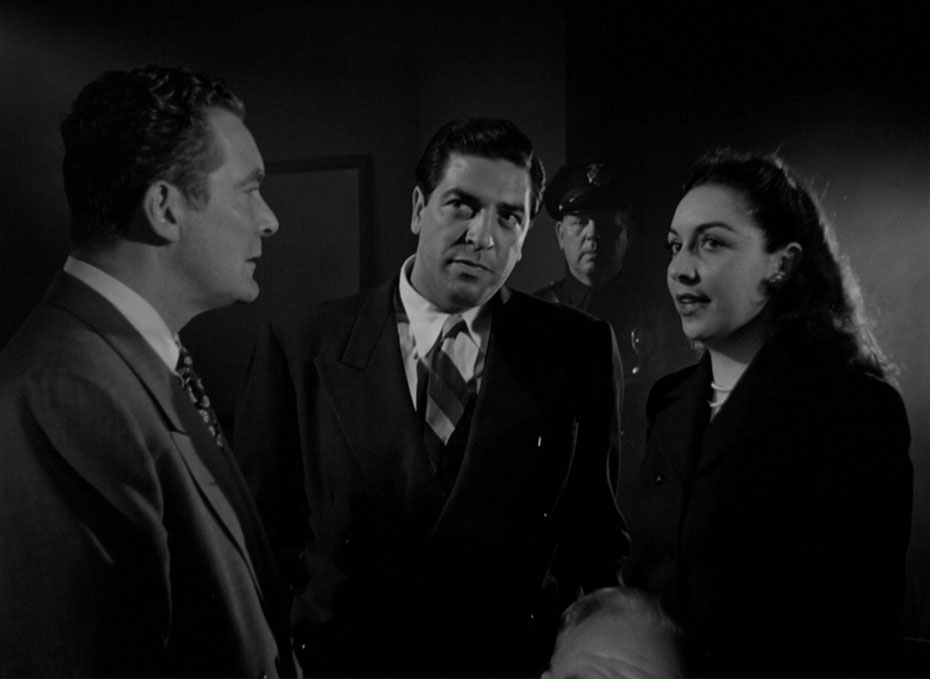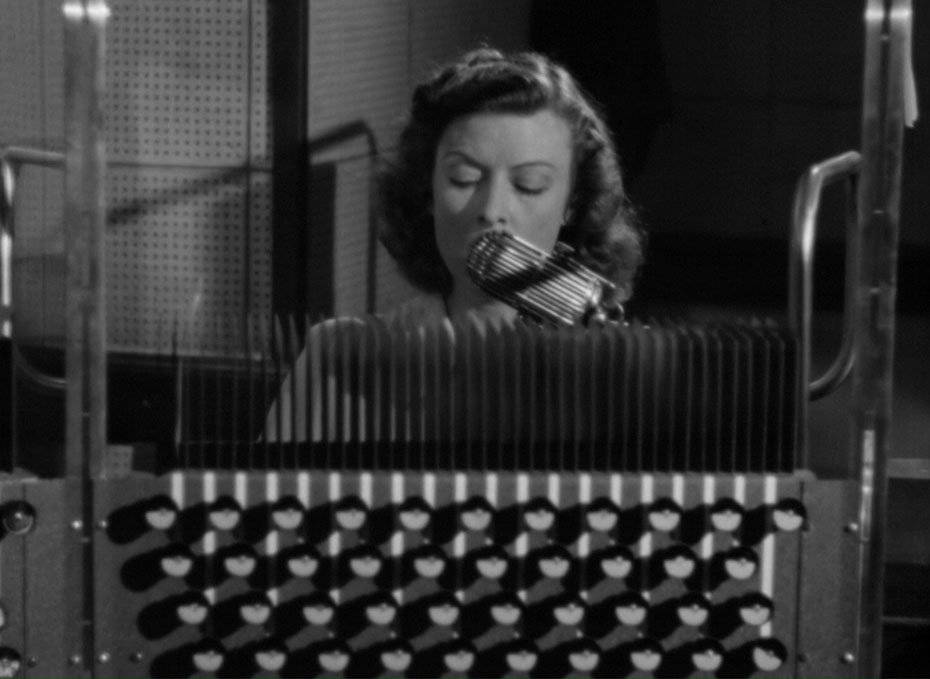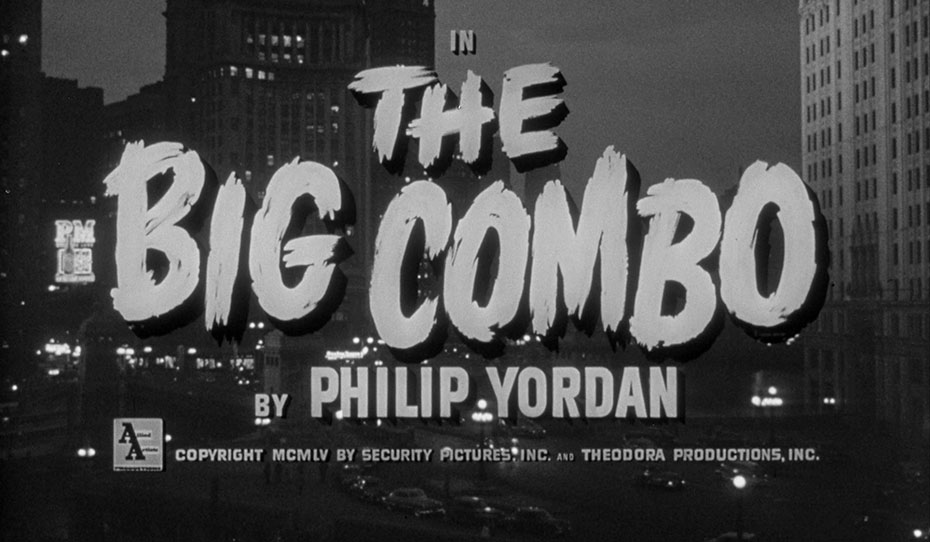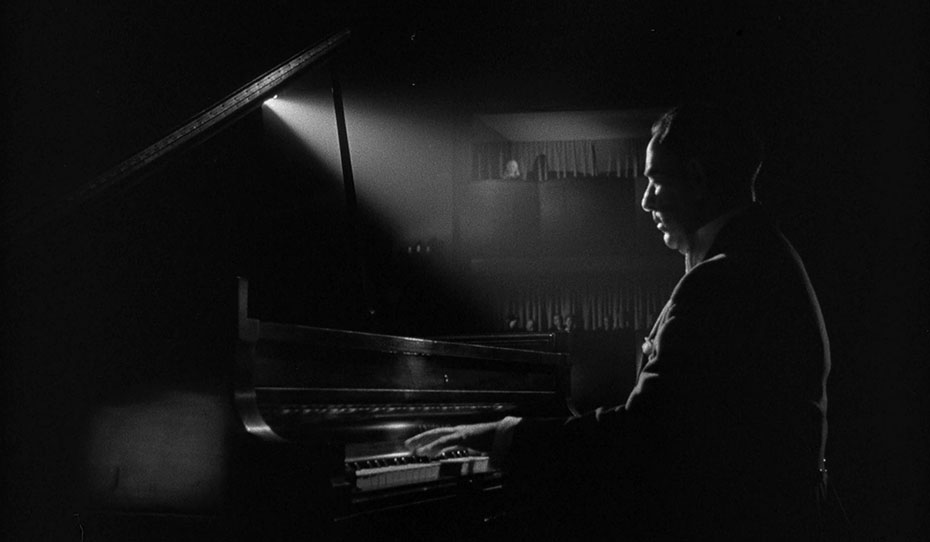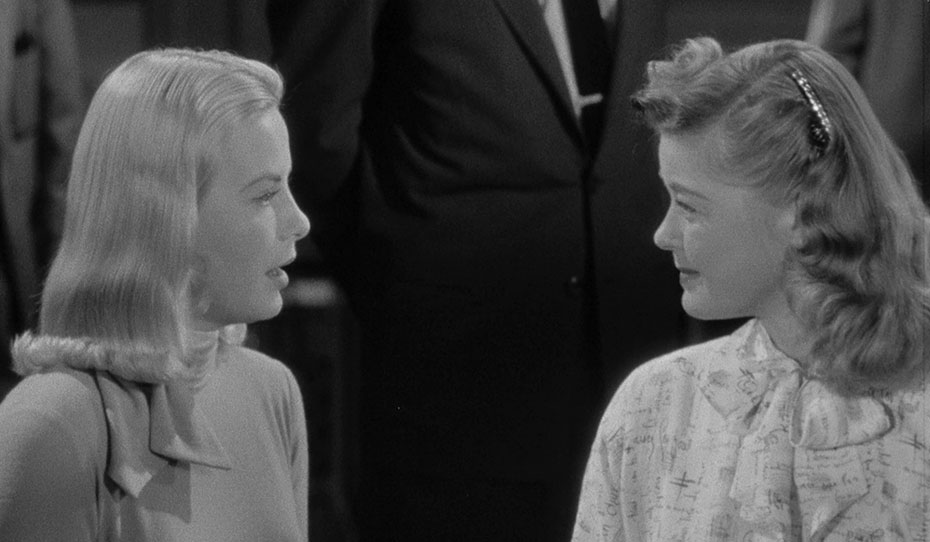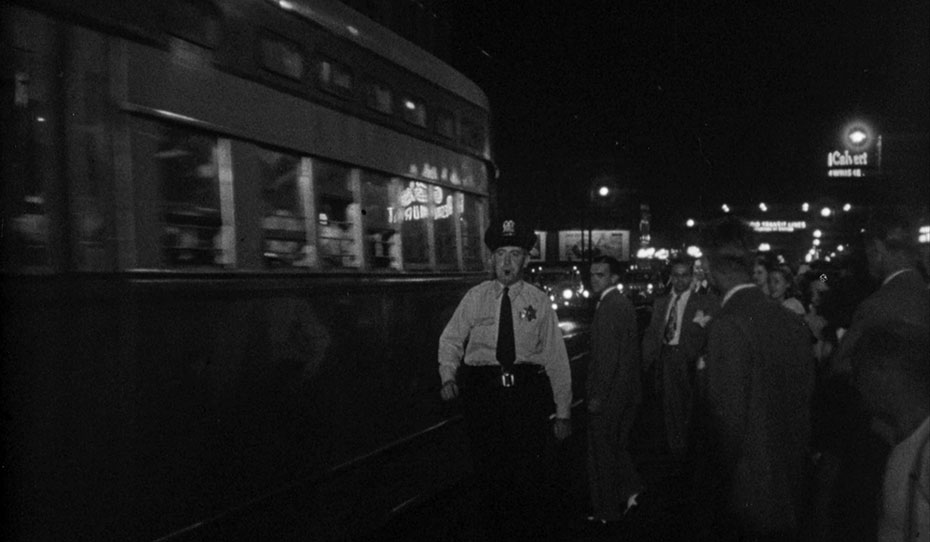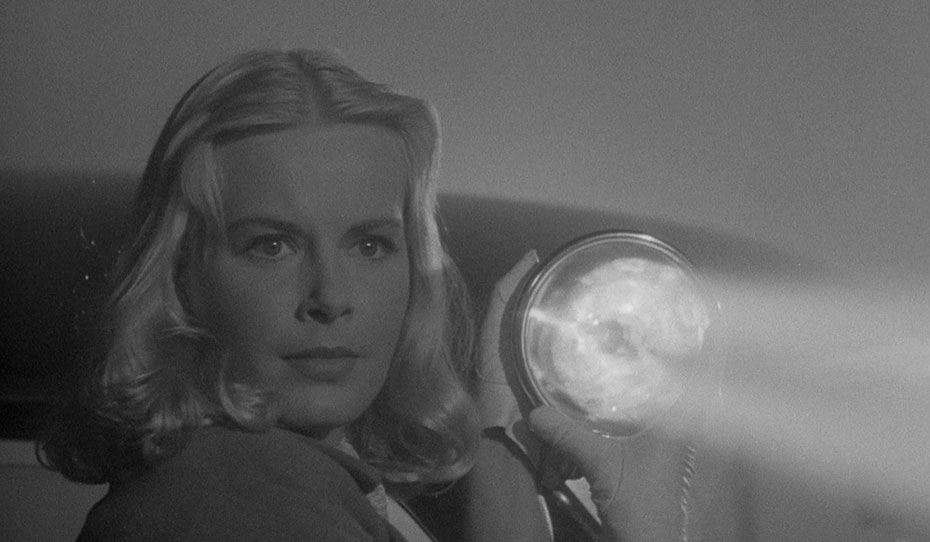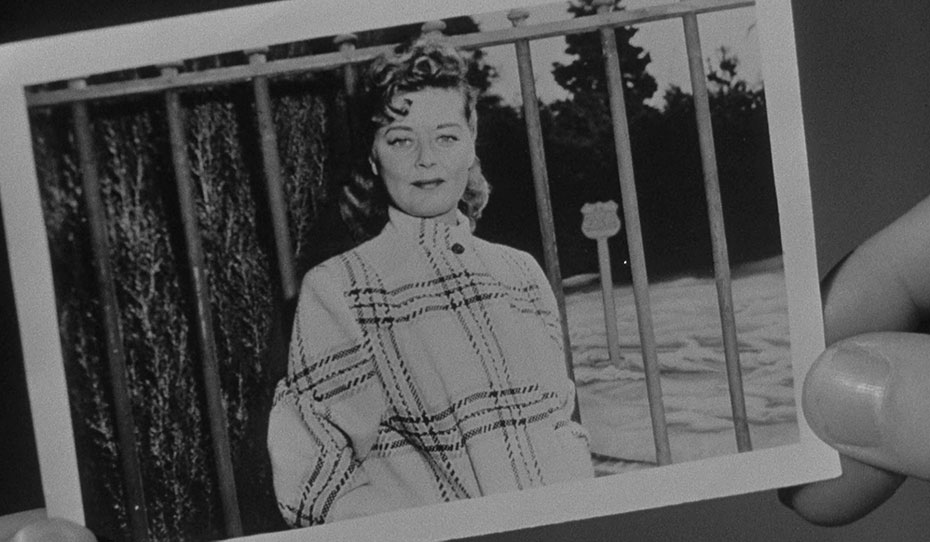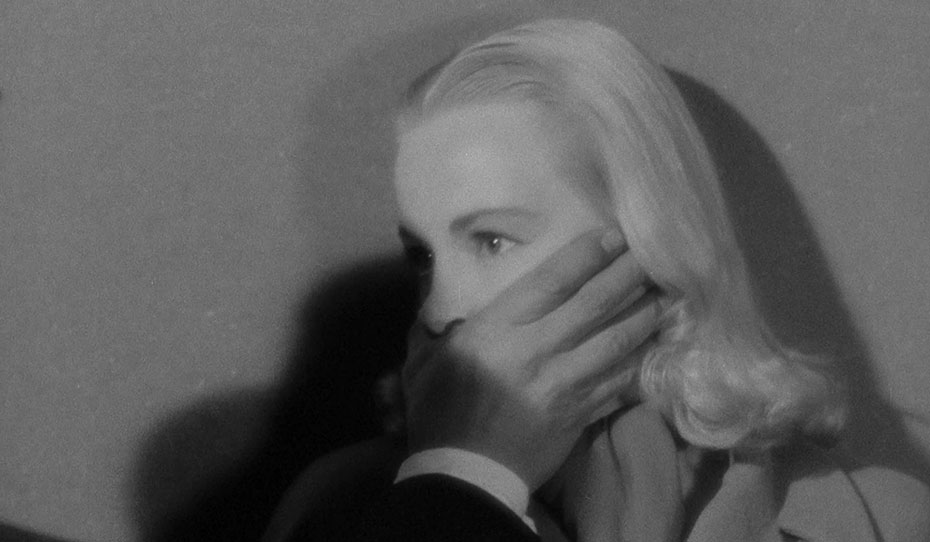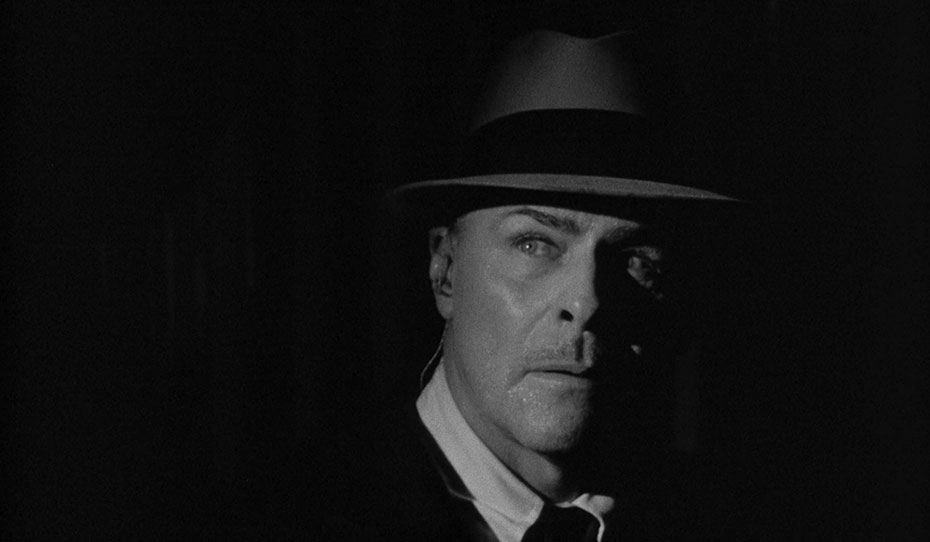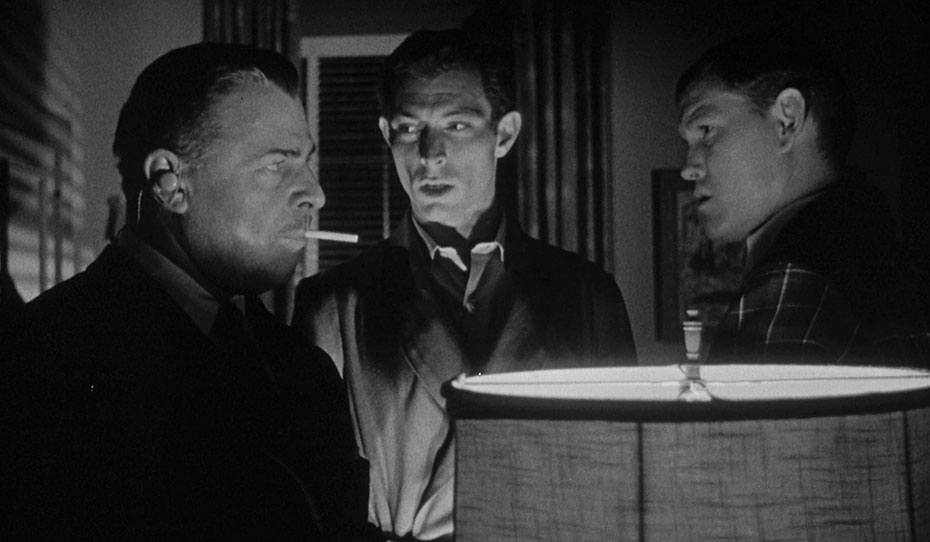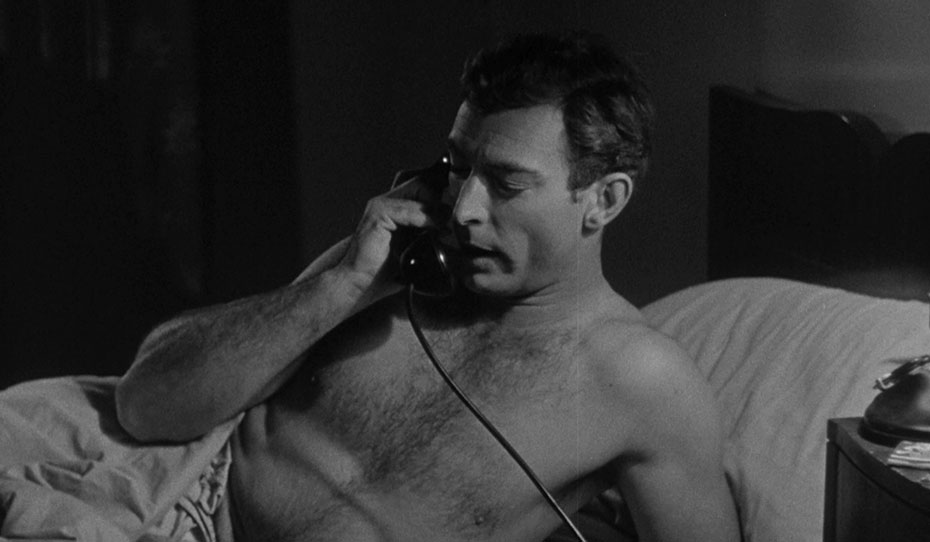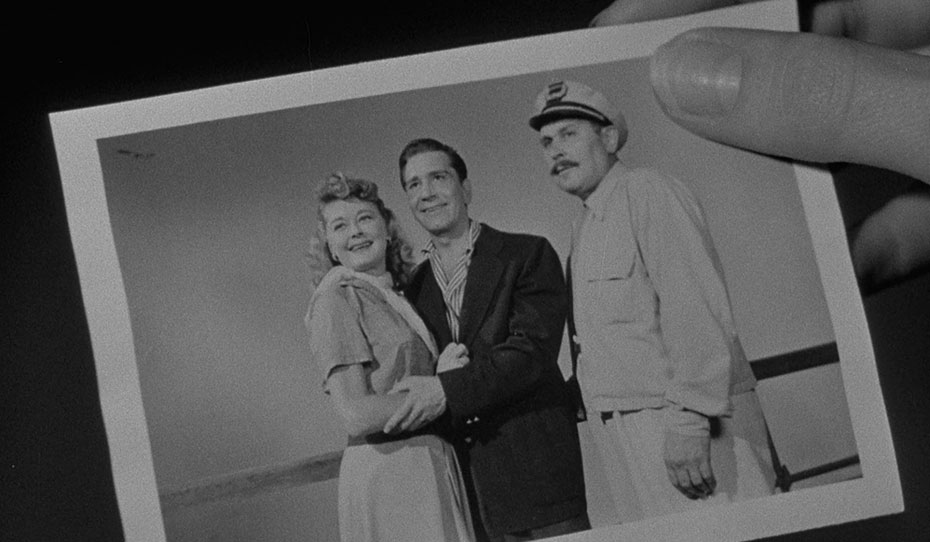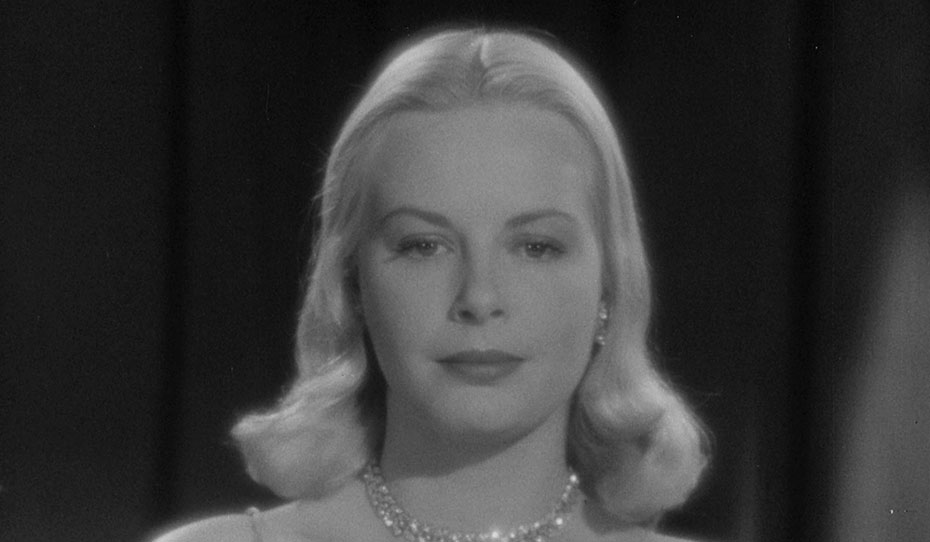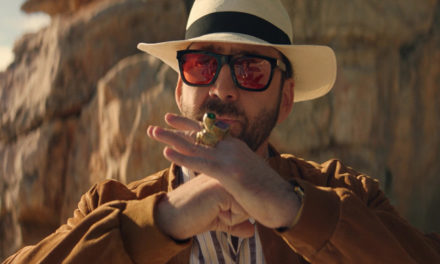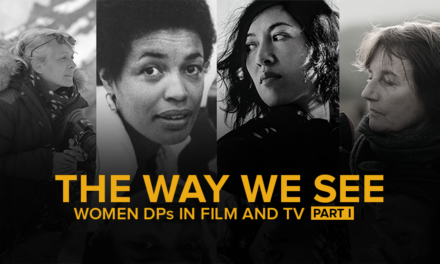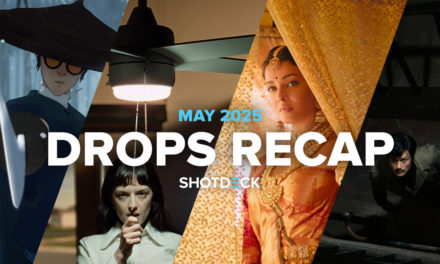THE TUESDAY DROP – 8/10
08.10.21 / New Shots
JUDAS AND THE BLACK MESSIAH (2021)
JUDAS AND THE BLACK MESSIAH is a 2021 biographical drama film co-written and directed by Shaka King about the betrayal of Black Panther Chairman Fred Hampton (played by Daniel Kaluuya) by William O’Neal (played by LaKeith Stanfeild). The film was nominated for six Academy Awards, including Best Picture, Best Original Screenplay and Best Cinematography. Kaluuya won for Best Supporting Actor. King worked on the film with British-American cinematographer Sean Bobbitt, who was best known for his collaborations with Steve McQueen. King and Bobbitt decided that while they wanted the film to feel authentic to the period, they did not want to make it feel like a documentary. They decided to shoot the film on an ARRI Alexa LF in 2.39:1 aspect ratio, aiming to recreate the rich blacks and pop colors of 1960’s Kodachrome and Ektachrome film stocks. Bobbitt and King also insisted on using close-ups as sparingly as possible, in order to emphasize their power when they did move closer in. Finally, they created a visual language in which the camera was constantly moving, in order to capture the energy and drive of the characters at the heart of their story.
THE WATERMELON WOMAN (1996)
Cheryl Dunye’s 1996 film THE WATERMELON WOMAN is a romantic comedy-drama about a woman named Cheryl (played by Dunye herself) trying to make a film about a black actress from the 1930s known for playing the stereotypical “mammy” roles relegated to black actresses during the period. The Watermelon Woman was the first American feature film directed by an “out” Black lesbian. It was added to the film collection of the Museum of Modern Art in 2016, and is considered an icon of queer cinema. The film was shot by Michelle Crenshaw, an experienced Assistant Cameraperson who was shooting her first film as Cinematographer. Dunye and Crenshaw shot The Watermelon Woman on a combination of 16mm film and videotape, combining moments of the film’s “everyday life” with home video footage and black and white archival scenes. In doing so, they created a visual language of a film within a film, interweaving the story of Cheryl’s life with her character’s desire to make a movie.
MISSION: IMPOSSIBLE – FALLOUT is the sixth installment in the Mission: Impossible franchise starring Tom Cruise. The film was directed by Christopher McQuarrie, who was returning to the franchise after directing 2015’s Rogue Nation. Fallout was shot by British cinematographer Rob Hardy, who was best known for his work with Alex Garland on Ex Machina and Annihilation. Hardy talked with McQuarrie and Cruise about how they wanted Fallout to look very different to the previous installments in the franchise. Taking inspiration from 1970s thrillers such as The French Connection and Klute, they decided to shoot the movie on 35mm film, and use as little green screen as possible. The exception to their rule for shooting on film was for the movie’s aerial sequences (a helicopter chase filmed in New Zealand, and a scene where Cruise would jump out of a C17 aircraft at 20,000ft). They decided to film these sequences digitally on the Panavision DXL camera, due to the impracticalities of needing to constantly reload film during these long sequences. Cruise, McQuarrie and Hardy all committed to the principle of placing the audience within the action, rather than creating sequences that felt too glossy, especially during the skydiving sequences. Camera “errors” such as focus shifts were embraced in the editing room as part of helping the audience feel as though they were in the middle of the action, even during the film’s most choreographed and spectacular scenes.
HOLY MOTORS (2012)
HOLY MOTORS is a 2012 fantasy drama written and directed by French filmmaker Leos Carax, starring Denis Lavant and Édith Scob. Lavant plays Mr. Oscar, a mysterious man who dresses in costumes and plays a number of strange, semi-scripted characters. Holy Motors was Carax’s first feature film since 1999, and was in competition for the Palme d’Or at the 2012 Cannes Film Festival. The film was shot by French cinematographer Caroline Champetier, who was known for her work with filmmakers such as Jean-Luc Godard and Claude Lanzmann. Given the script was made up of ten different stories that all took place over 24 hours, Champetier wanted a camera that was flexible enough to handle the shifting visuals of the film. Champetier and Carax decided to shoot the film on the Red Epic Dragon with Zeiss T2.1 lenses. They used a combination of real locations and sets to accomplish the precise shots they had rehearsed. Champetier ultimately had to leave the production early due to another film, and the shoot was concluded by Yves Cape, who Champetier selected due to the flexibility of his work, and his relationship with gaffer Stéphane Bourgoin.
WILD AT HEART (1990)
David Lynch’s fifth feature film, WILD AT HEART, is a romantic crime film starring Nicolas Cage and Laura Dern, based on Barry Gifford’s 1989 novel of the same name. The film follows a young couple from North Carolina, Sailor (Cage) and Lula (Dern), who go on the run from Lula’s domineering mother and the gangsters she hires to kill Sailor. Wild at Heart won the Palme d’Or at the 1990 Cannes Film Festival. Diane Ladd, who played Lula’s mother, was nominated for an Academy Award in the Best Supporting Actress category. Lynch worked on Wild at Heart with long-time collaborator Fred Elmes, who had shot both Eraserhead and Blue Velvet. Elmes and Lynch wanted to build a visual language around light and darkness, and found a mutual interest in capturing fire as an essential component of the look of the film. Elmes did camera tests to find the most dramatic way they could capture a close-up of a match striking and lighting a cigarette. He and Lynch also built a massive outdoor bonfire for the film’s opening title sequence, which was laid against a wall of flame.
BLUE RUIN (2013)
Jeremy Saulnier’s sophomore feature film BLUE RUIN follows a drifter (played by Macon Blair) who returns to his hometown to exact revenge for the deaths of his parents. The film premiered in 2013 at the Cannes Film Festival, where it won the FIPRESCI Prize, and was nominated for the John Cassavetes Award at the 2015 Independent Spirit Awards. Saulnier funded Blue Ruin with a Kickstarter fundraising campaign. In addition to directing, Saulnier served as the film’s cinematographer. Saulnier knew he needed a 30 day schedule to complete Blue Ruin the way he intended, but because of the film’s low budget, decided it would be more economical to purchase a camera than to re-organize his schedule at the whims of a rental house. He purchased the newly released Canon C300, as well as Canon’s L-series stills prime lenses, due to their speed and flexibility for shooting in a range of conditions.
T-MEN (1947)
T-MEN is a 1947 noir about United States Treasury agents who go undercover in Detroit and Los Angeles in an attempt to break a currency counterfeiting ring. The film was directed by Anthony Mann from a script by John C. Higgins, and starred Dennis O’Keefe, Mary Meade and Alfred Ryder. T-Men has become one of the most significant entries in the American film noir canon for its “docu-noir” style of filmmaking, which applied a more independent aesthetic to the genre. T-Men was shot by legendary American cinematographer John Alton, in the first of his iconic collaborations with Mann. Prior to T-Men, Alton had worked on a series of low budget films, where he had developed a reputation for working very quickly. Alton embraced the documentary-style approach to the film’s camerawork, and decided early on with Mann that lighting would be a crucial element to the movie’s aesthetic. Alton created striking, high contrast lighting setups that often prioritised the space ahead of the actors, and plunged large sections of the frame into darkness. Combined with the stylized low-angle and deep focus shot making, Alton’s approach was seen as a radical departure from the accepted cinematography of the time.
RAW DEAL (1948)
RAW DEAL is a 1948 noir, and the second collaboration between director Anthony Mann and cinematographer John Alton. Mann brought Dennis O’Keefe back from T-Men to also star in Raw Deal as an escaped convict on a revenge mission. Raw Deal is credited as one of the finest visual achievements of the noir era in American cinema, with David N. Meyer calling it “the richest cinematography in noir outside of Orson Welles’ Citizen Kane”. Alton built the film’s visual language around a combination of realism and stylization, with strong light sources creating hard light and rich, deep shadows, and heavy use of fog that became a huge part of the way films to come would portray the noir metropolis. Alton and Mann also wanted the film to feel like it was always surrounding its characters in some way, making the audience feel like they were constantly in a sort of prison. Alton created compositions that never allowed for the characters to be in open space, trapping them in frames that felt like a net which would eventually close around them.
HE WALKED BY NIGHT (1949)
John Alton and Anthony Mann teamed up for a third time in the 1949 police procedural noir HE WALKED BY NIGHT, though the film was also directed by Alfred L. Werker (Mann was uncredited on the film). He Walked By Night stars Scott Brady and James Cardwell as police on the hunt for a burglar played by Richared Basehart. The film was loosely based on newspaper accounts of Erwin “Machine-Gun” Walker, a former police department employee and WW2 veteran who went on a spree of burglaries and shootouts in Los Angeles in the mid-1940s. Like T-Men and Raw Deal, He Walked by Night became characterized by Alton’s semi-documentary style of shooting that was combined by highly stylized lighting that created very hard light and deep shadows throughout every frame. This lighting style was particularly showcased during the film’s finale, photographed on location (which was rare for the time) in the storm drains of Los Angeles. The chase scene has become a classic, and inspired similar scenes in many subsequent films, most notably Carol Reed’s The Third Man. The film was also the inspiration for the popular police procedural television show Dragnet.
THE BIG COMBO (1955)
Though THE BIG COMBO was not a film that John Alton shot with Anthony Mann, it is perhaps his most well-known movie. The film, directed by Joseph H. Lewis, is one of the most recognizable of America’s film noirs, and follows a police lieutenant who comes under pressure from a gang, and is helped by the gangster’s wife when she learns of her husband’s affair with another woman. The Big Combo featured Alton’s now-famous visual approach of strong light sources and deep shadows with unconventional camerawork, which he had talked about in his essential 1949 book on cinematography, Painting with Light. But what the film is also perhaps best-known for is its famous final airport sequence, which paid homage to Michael Curtiz’s 1942 film Casablanca. Alton is now considered one of the most important artists in the entire film noir era, and perhaps America’s finest ever black-and-white cinematographer. His work remains an essential touchstone for camera technique and lighting, both in realist and expressionist cinema.

